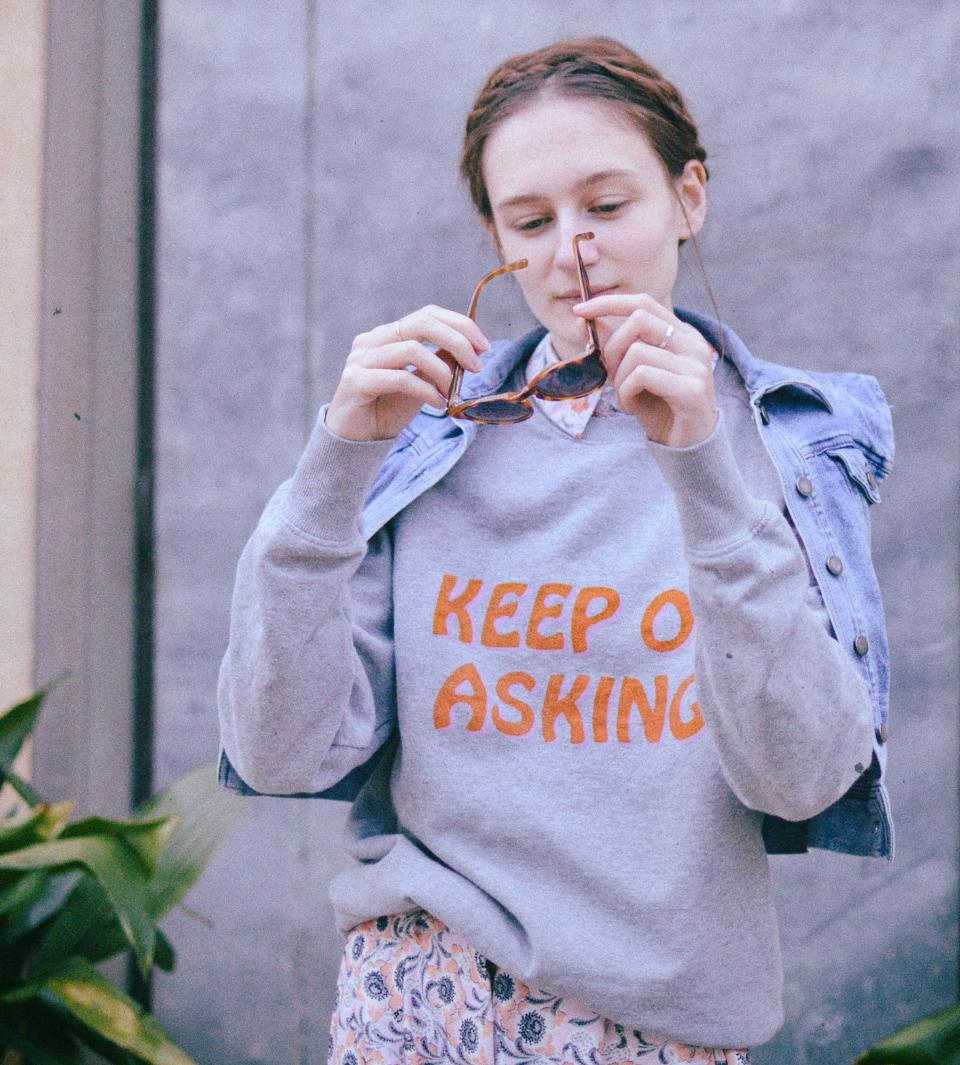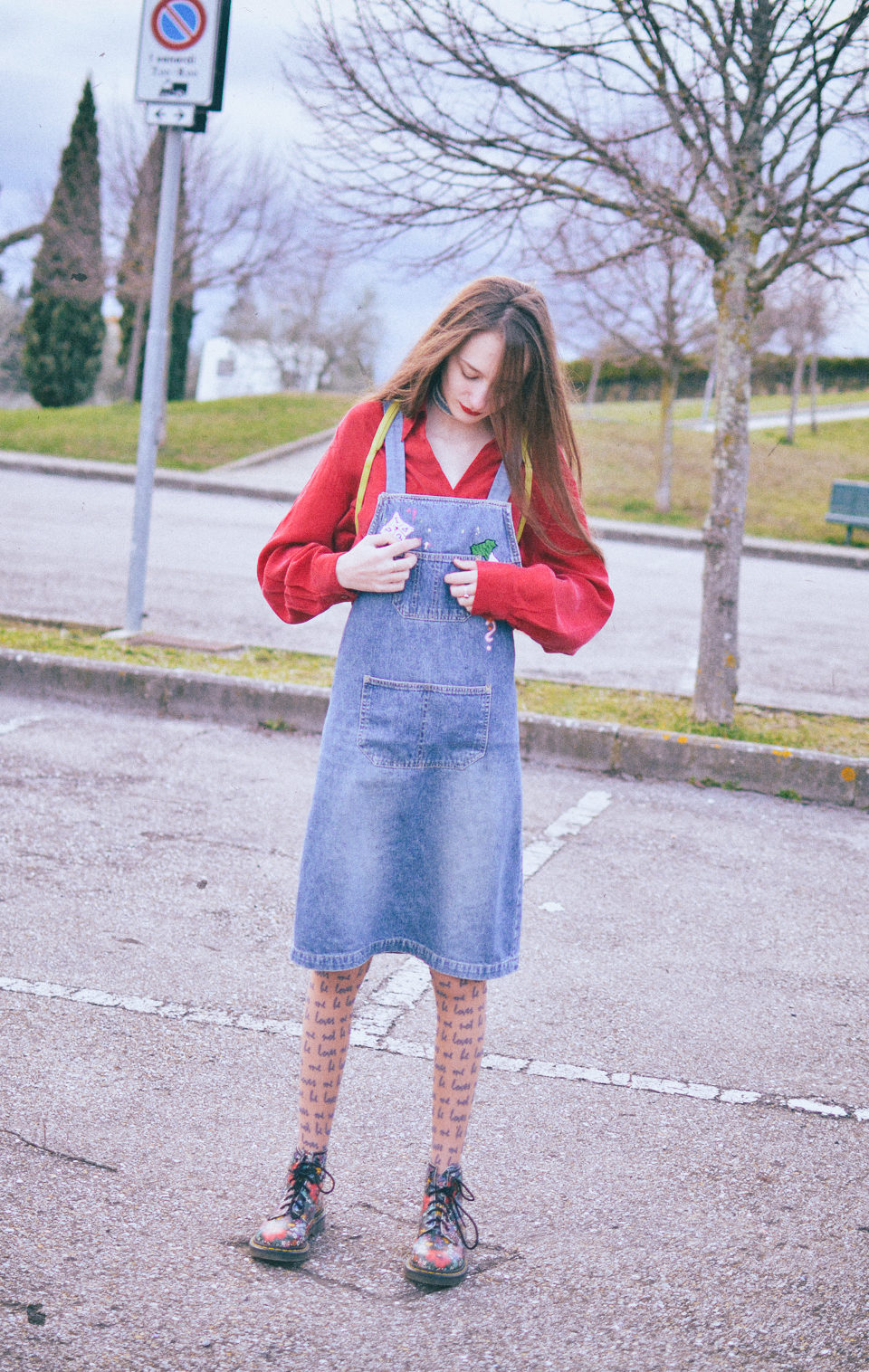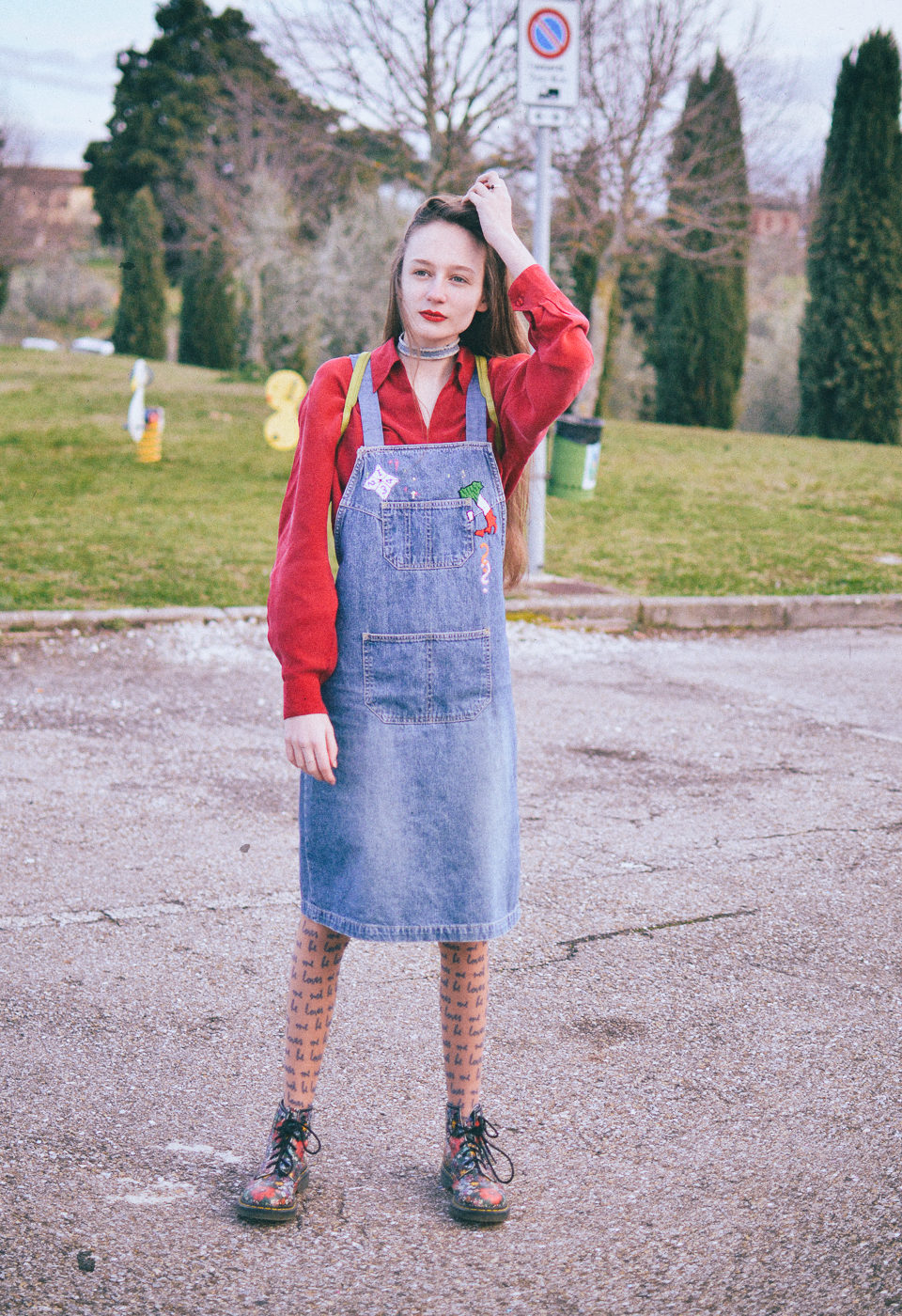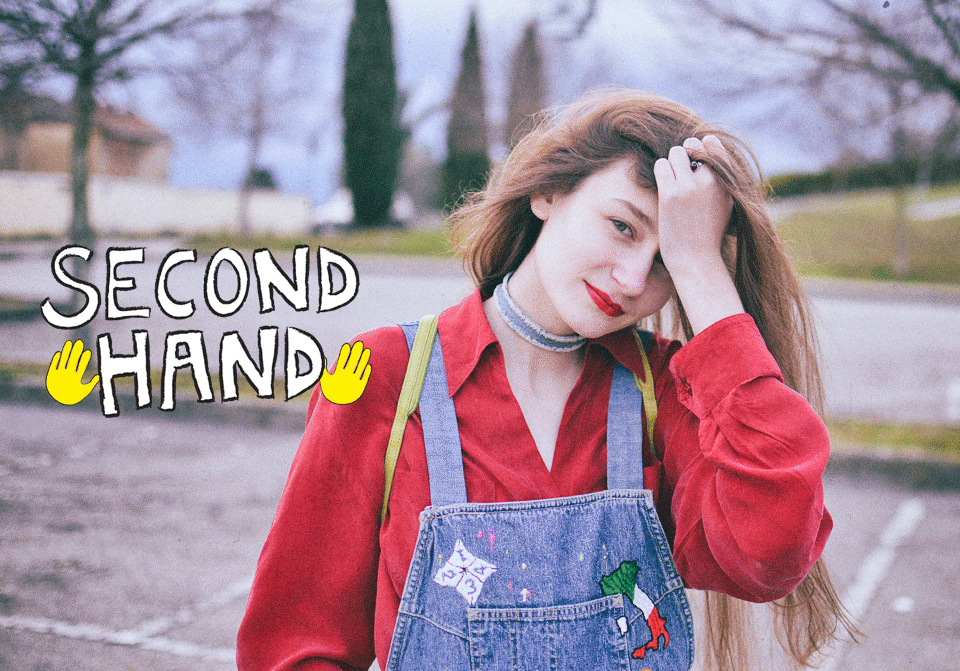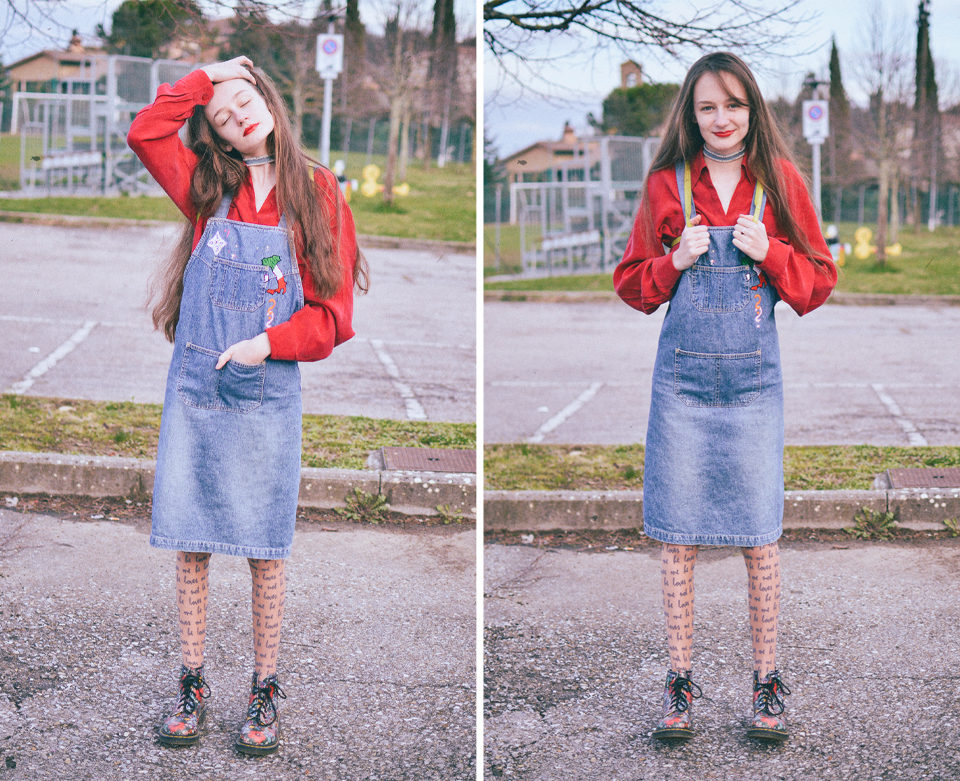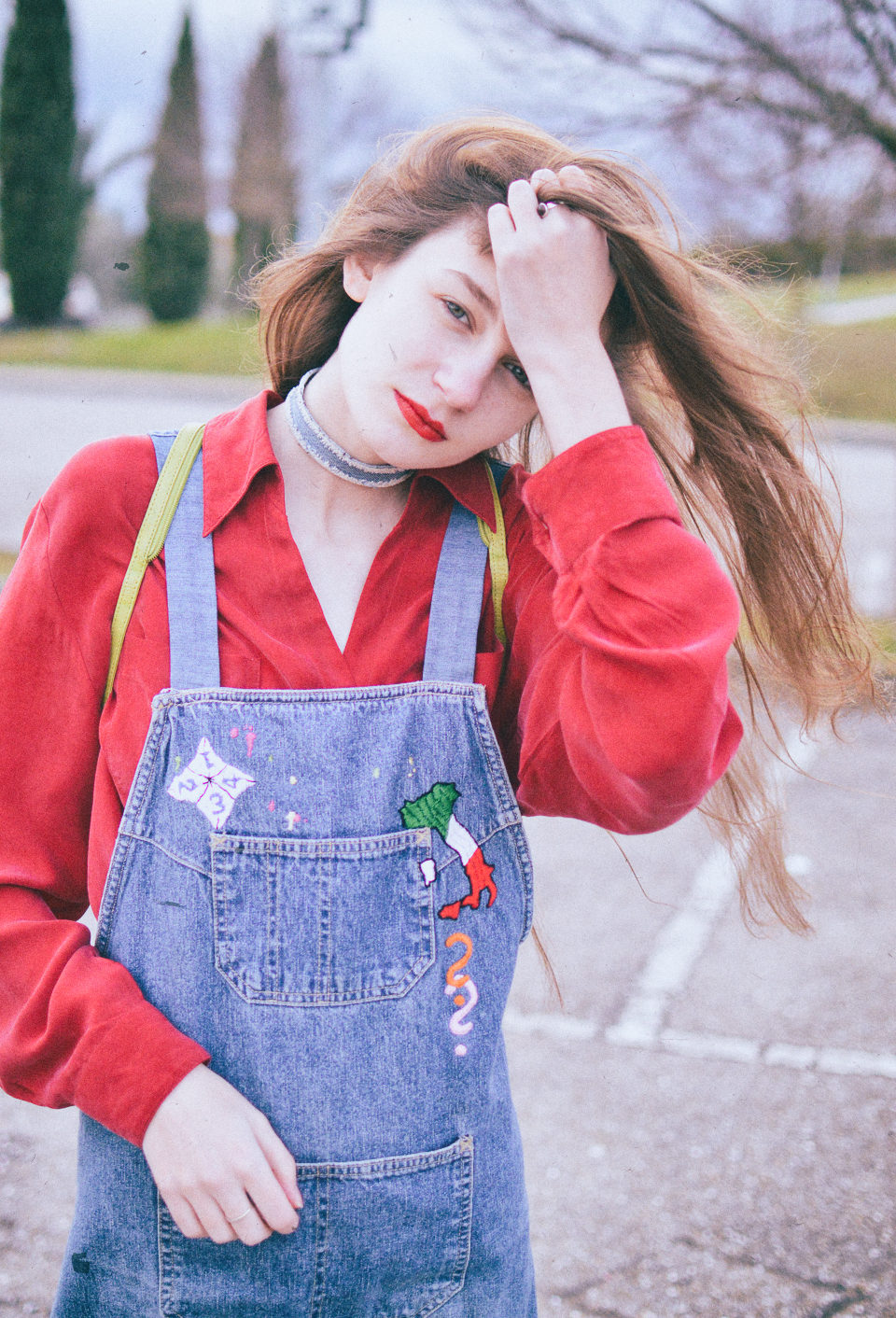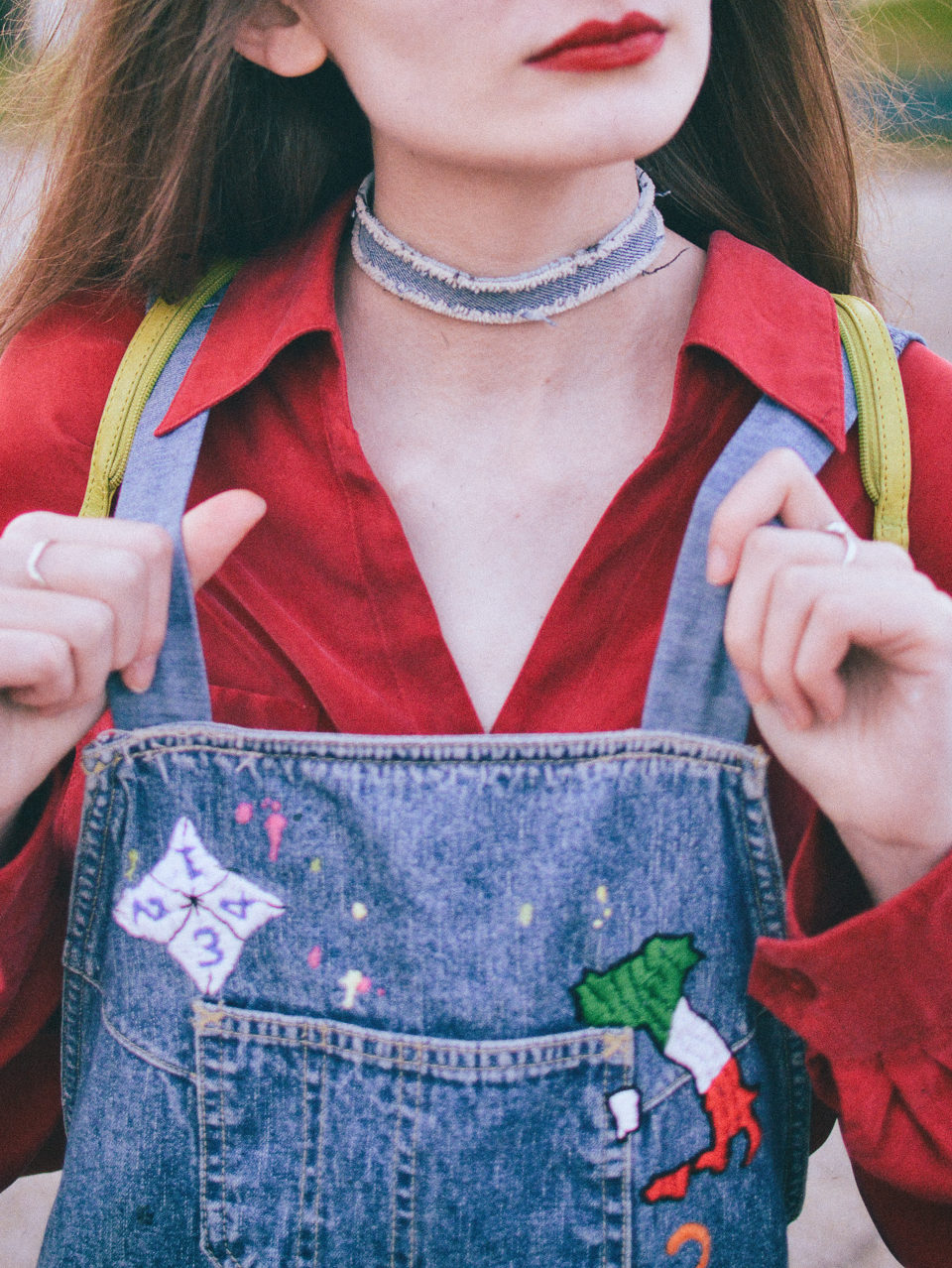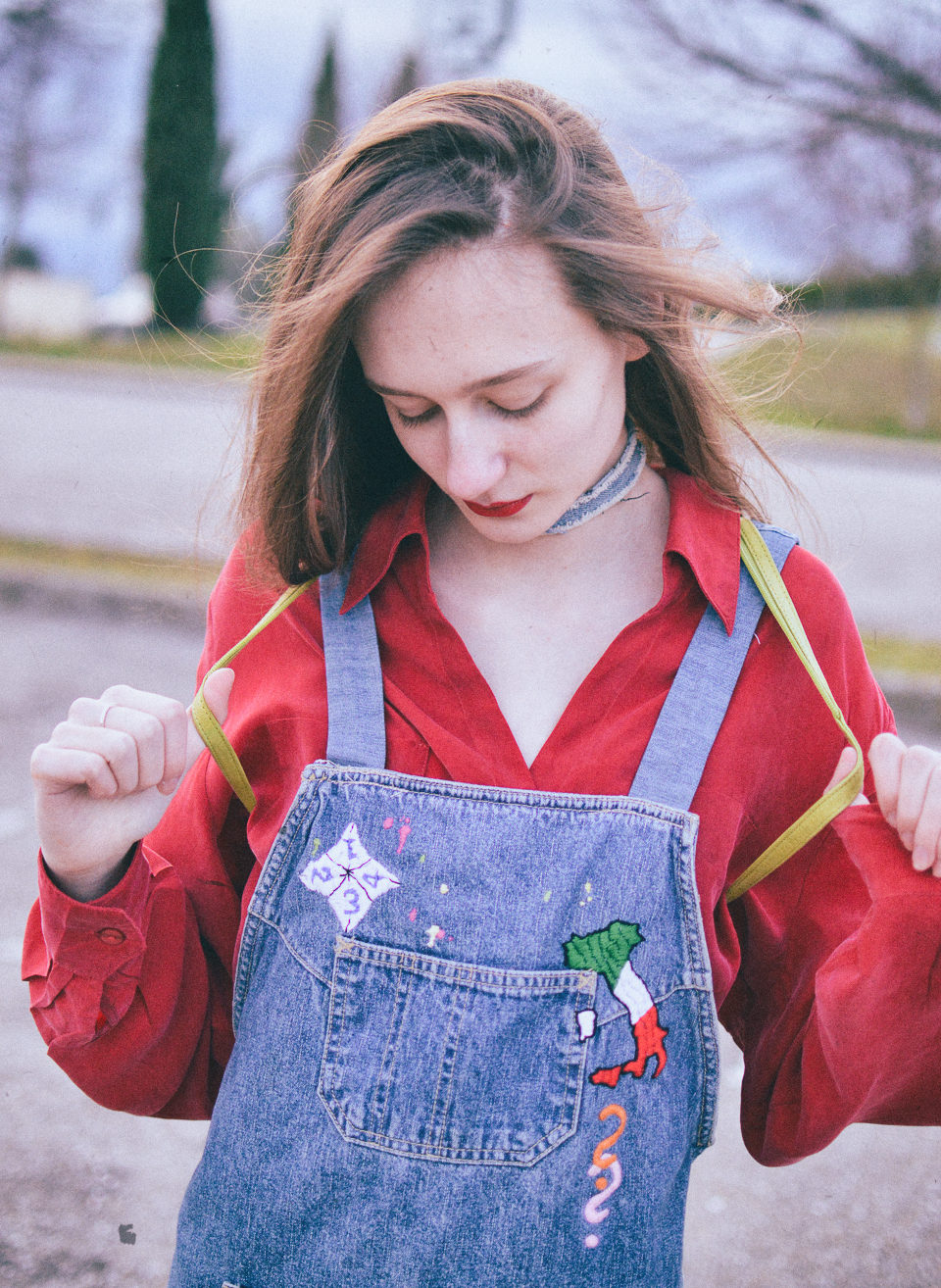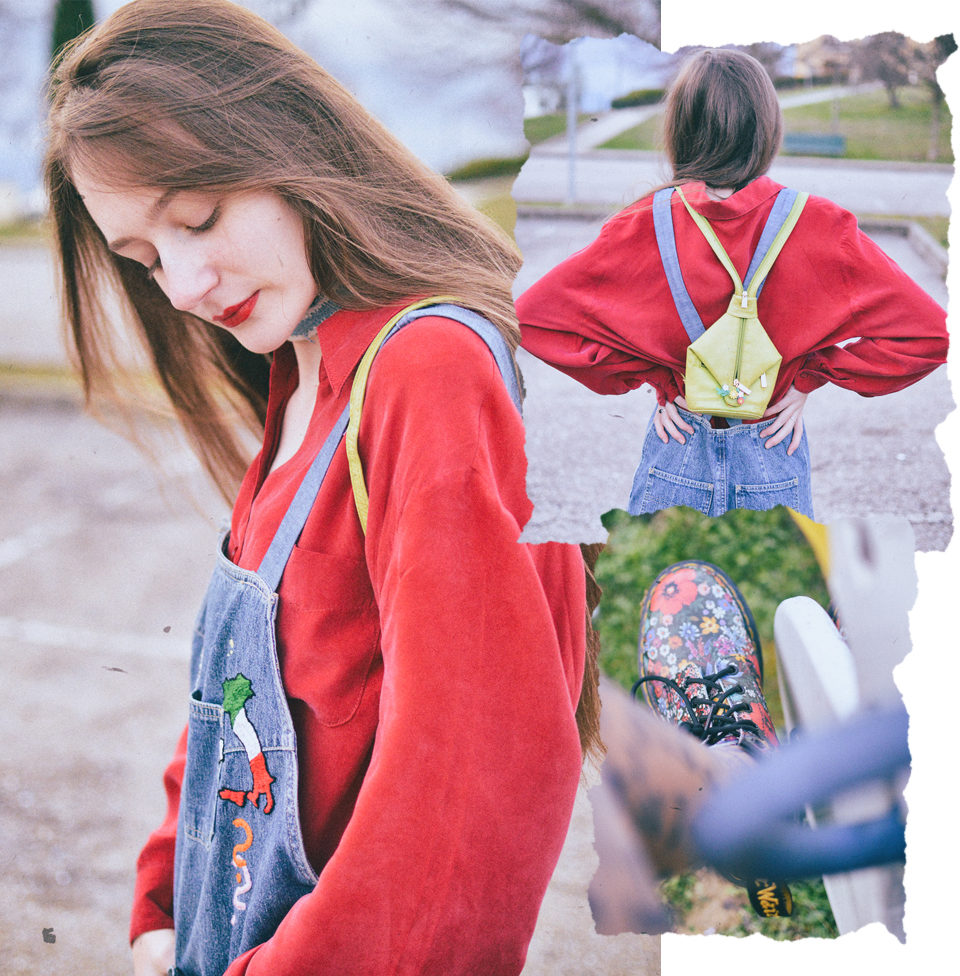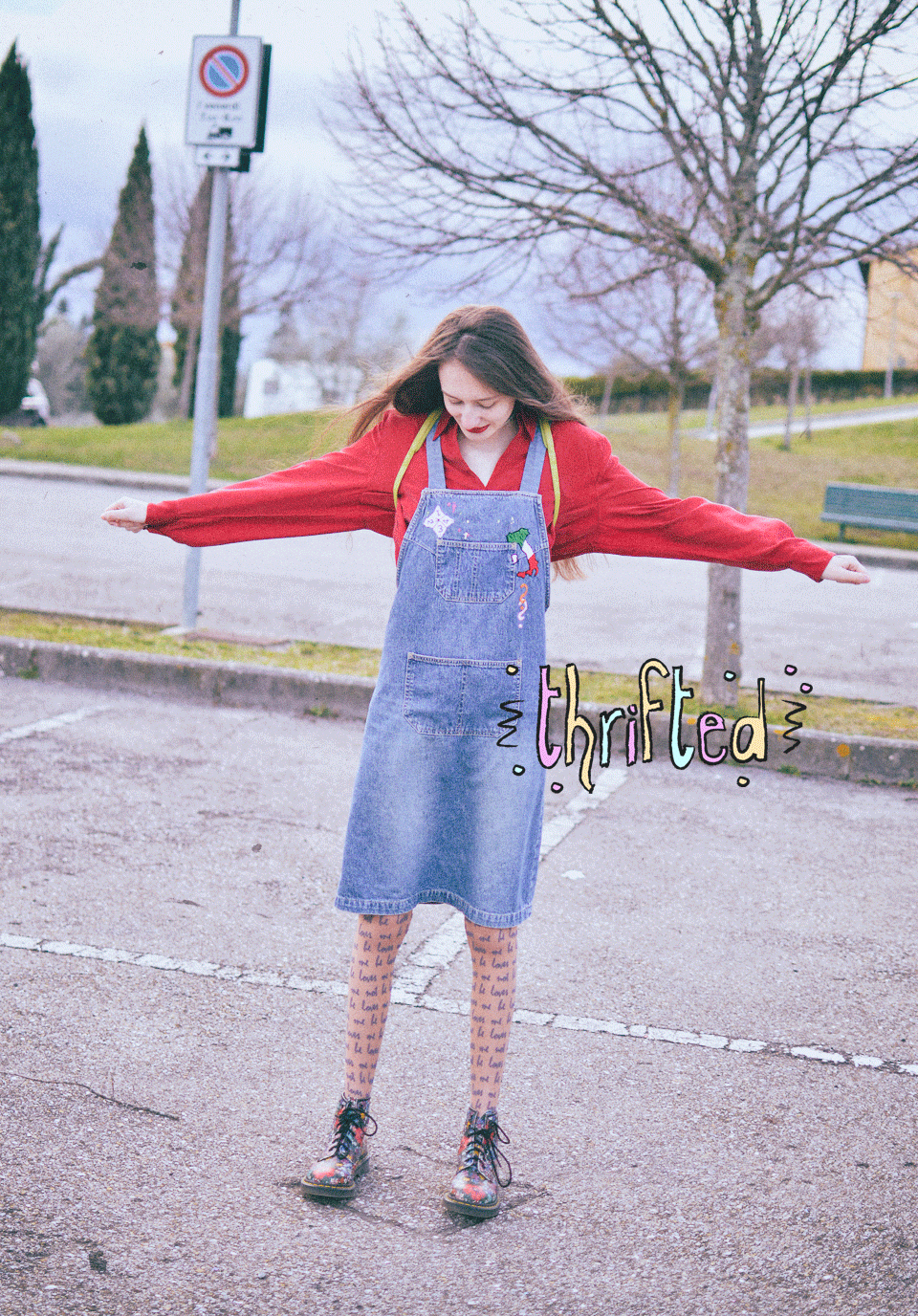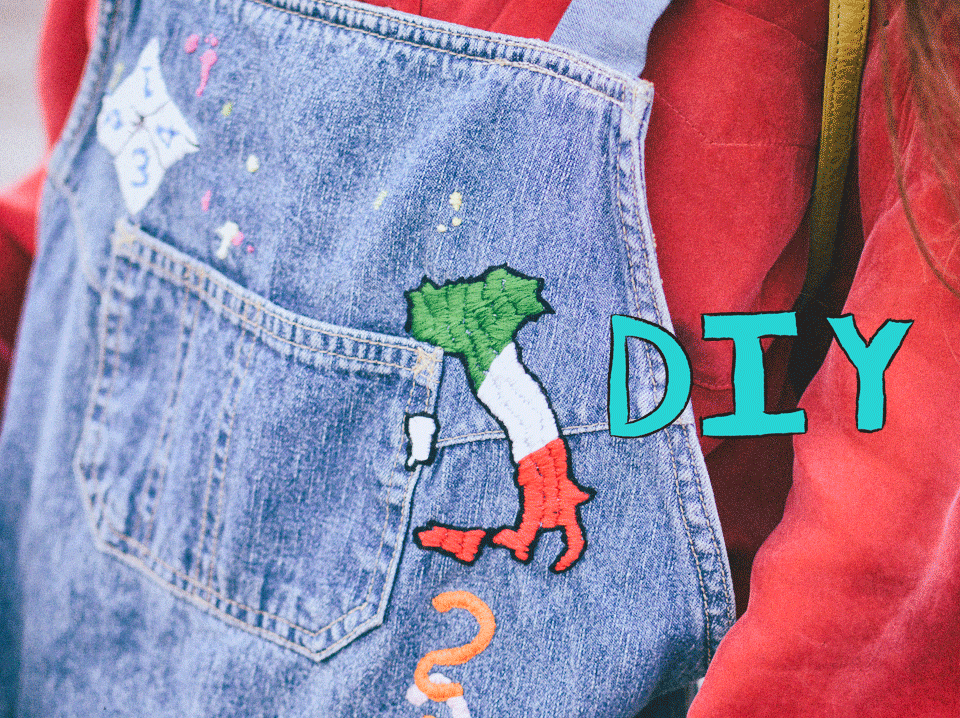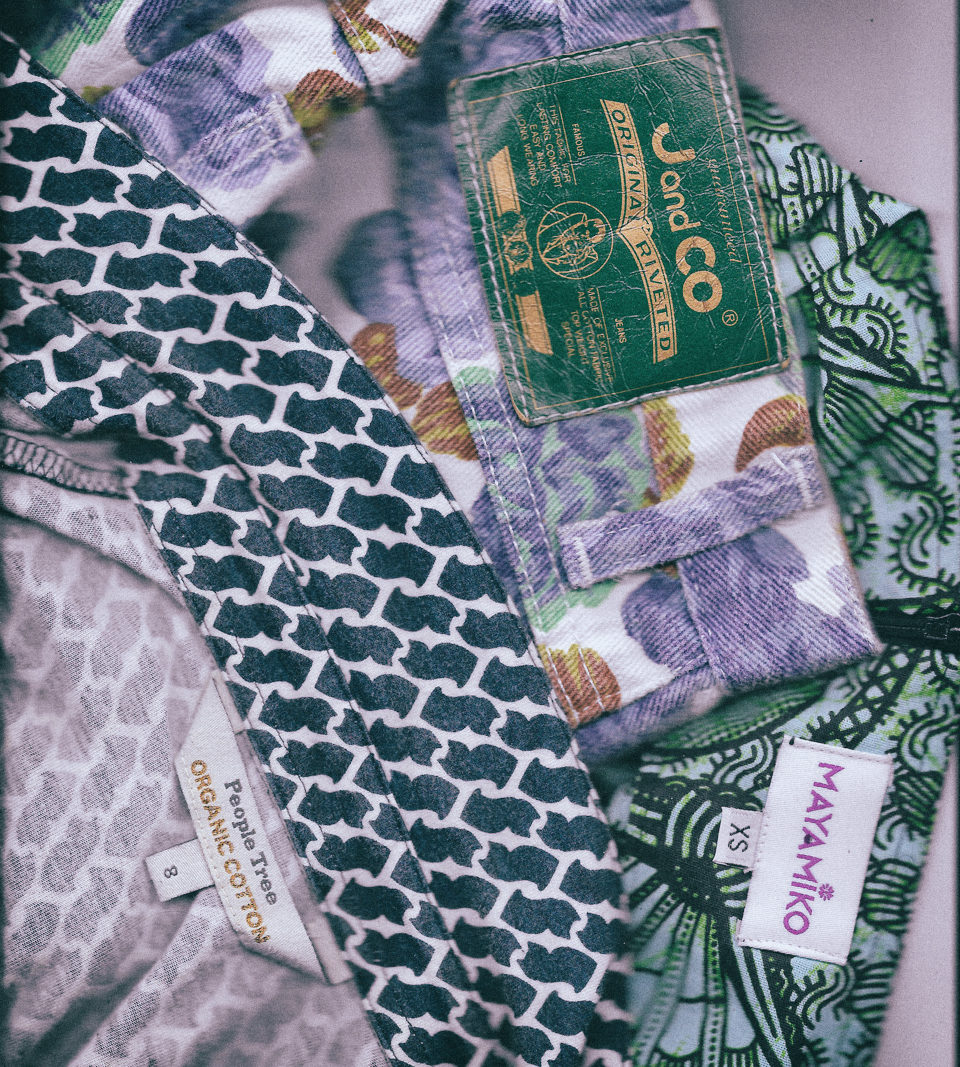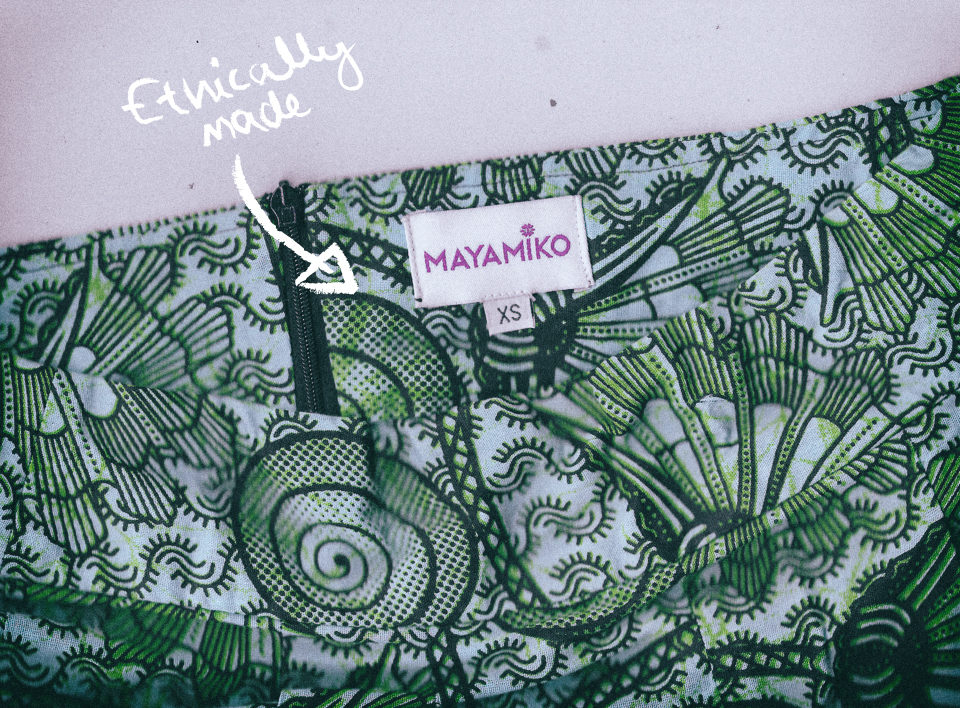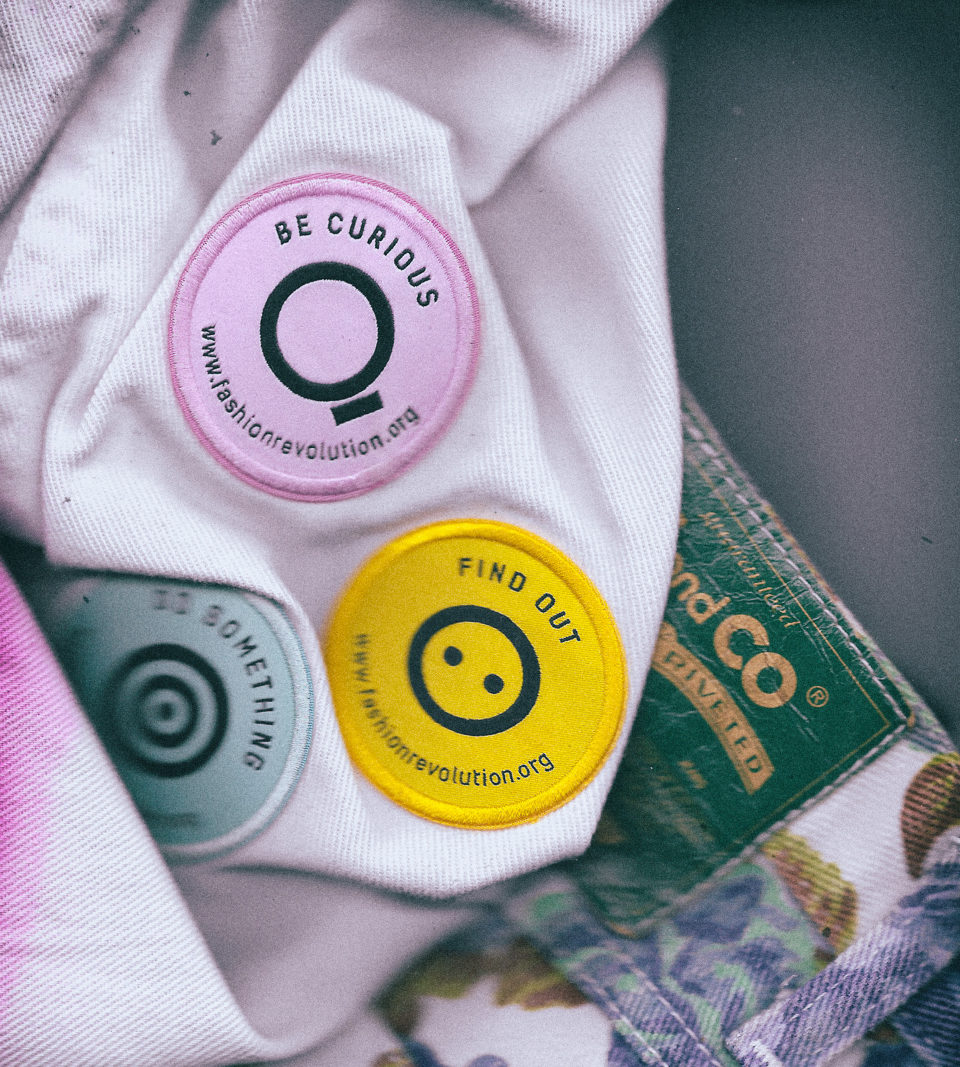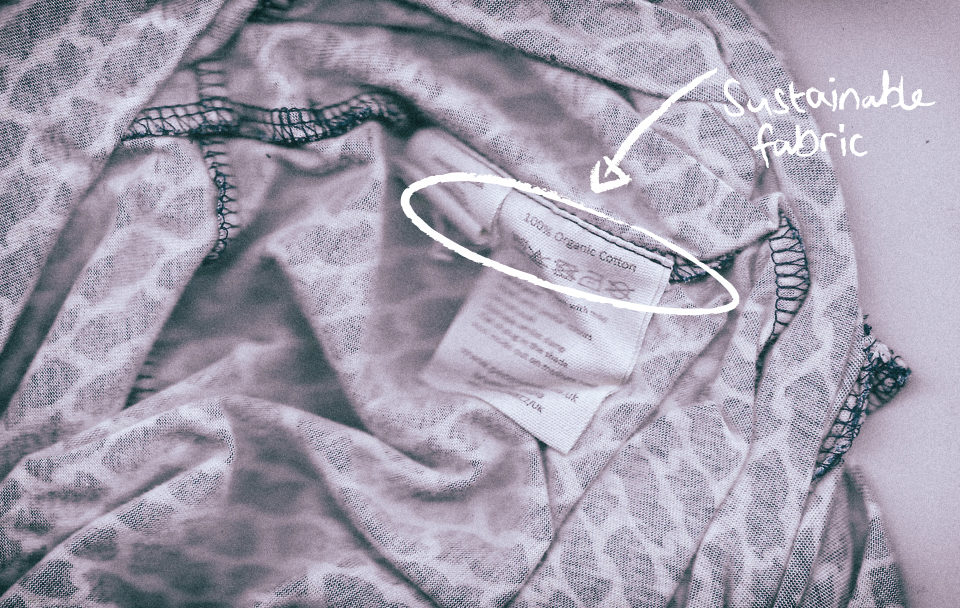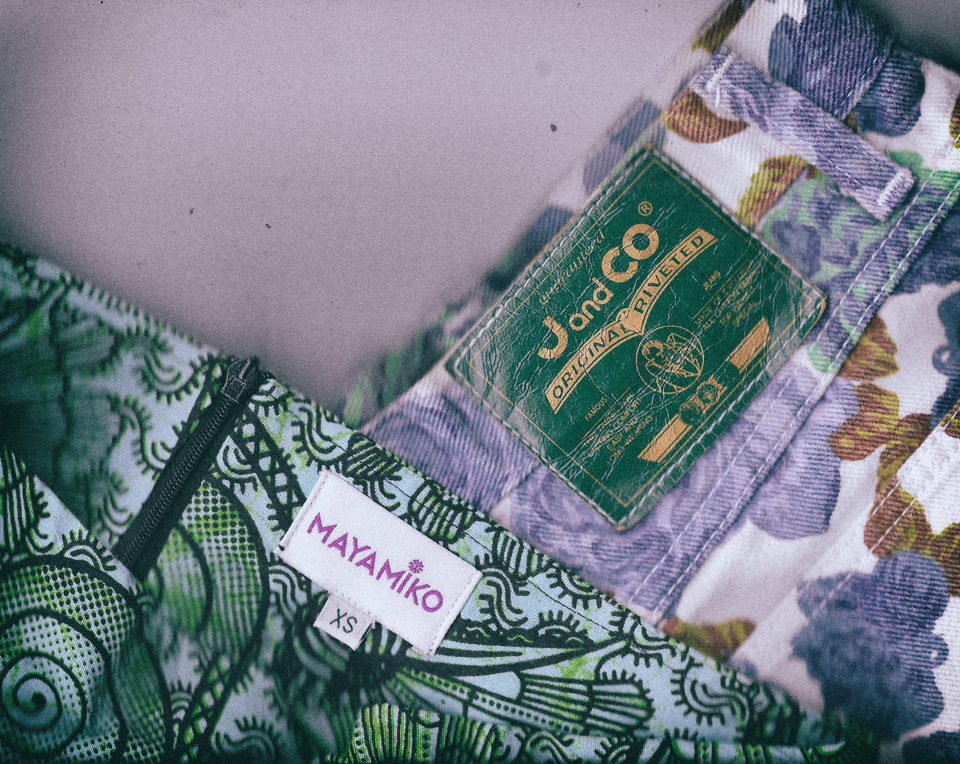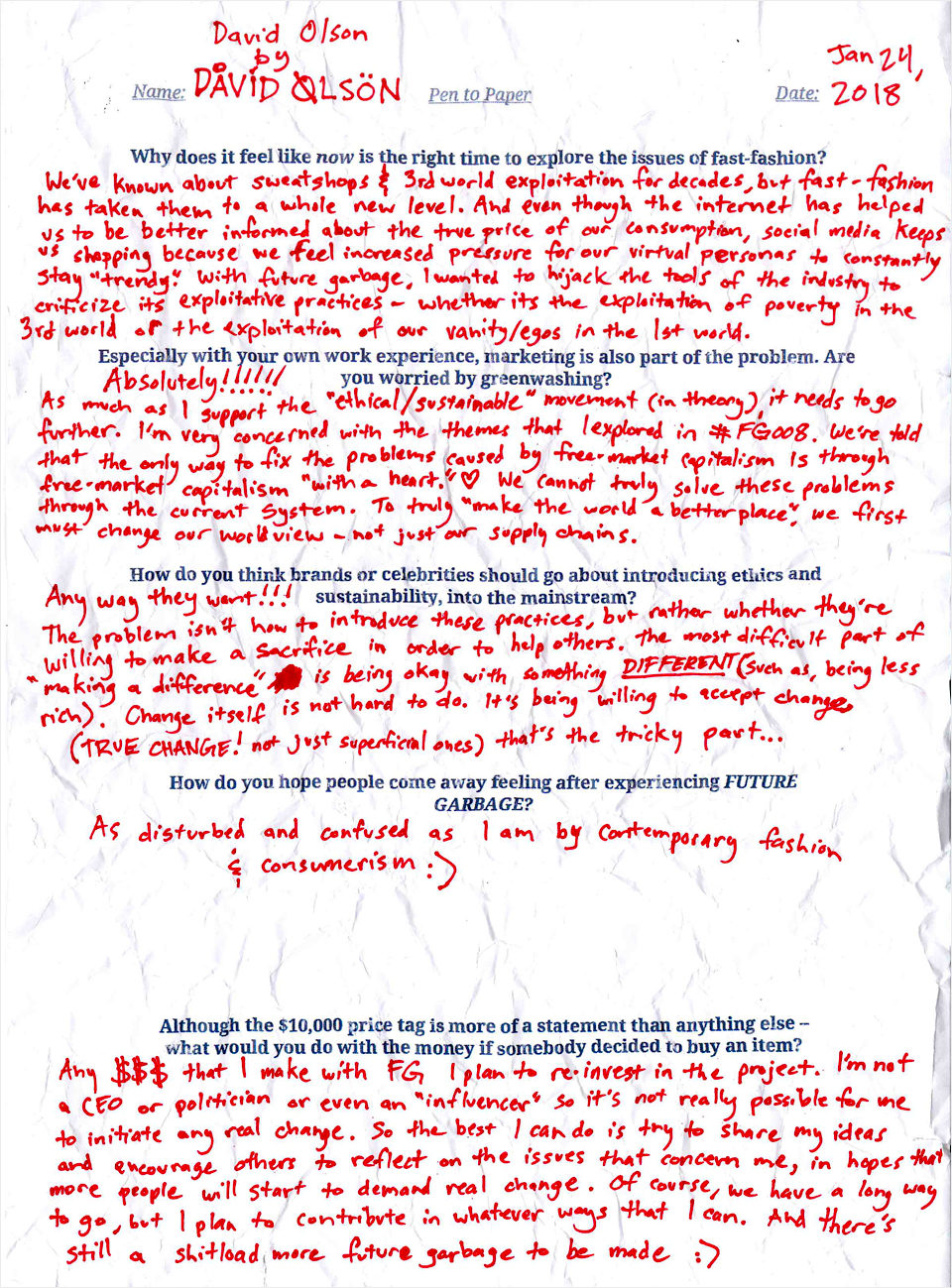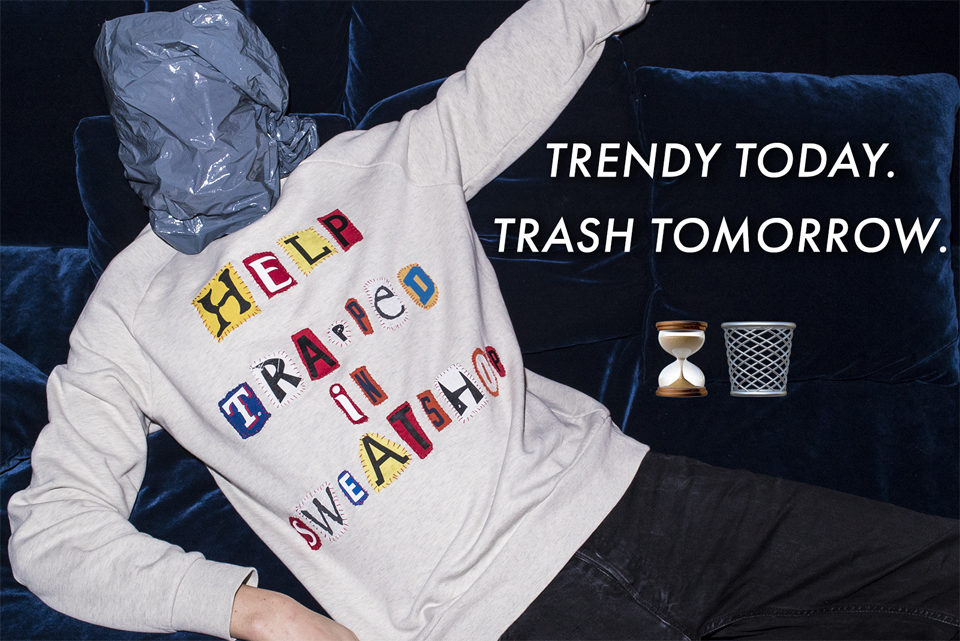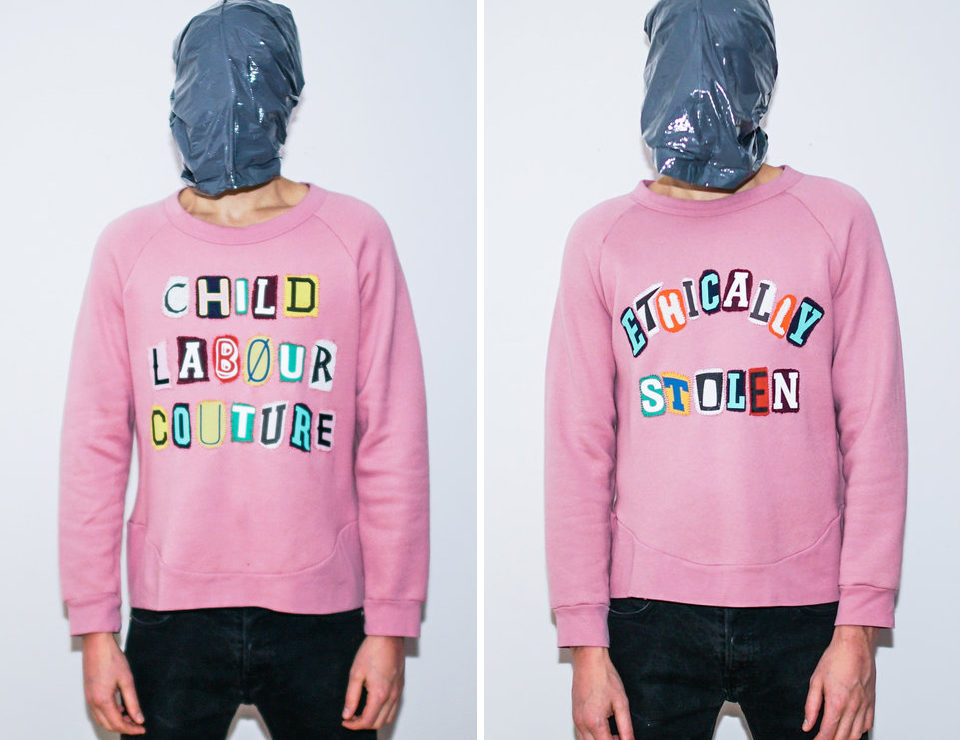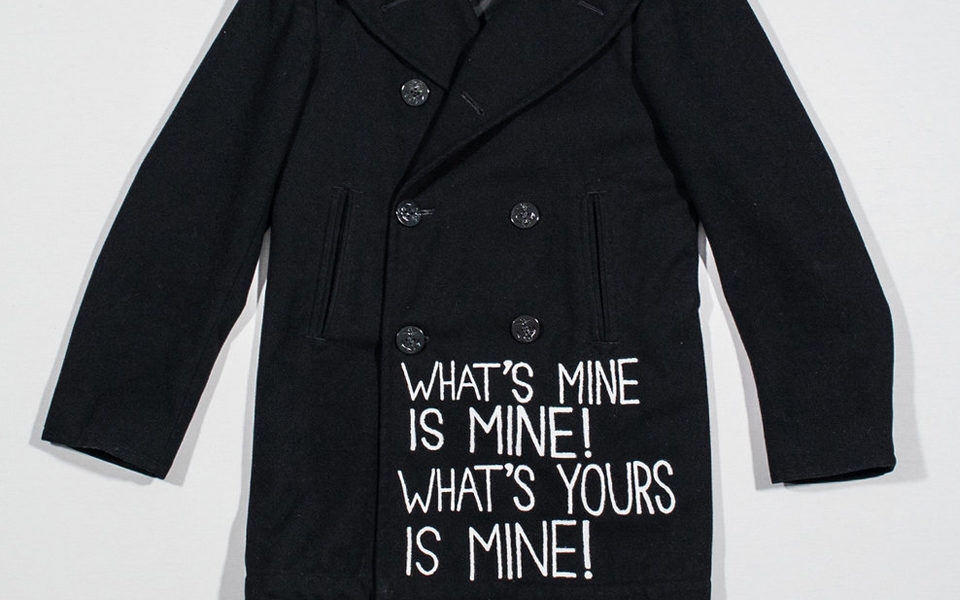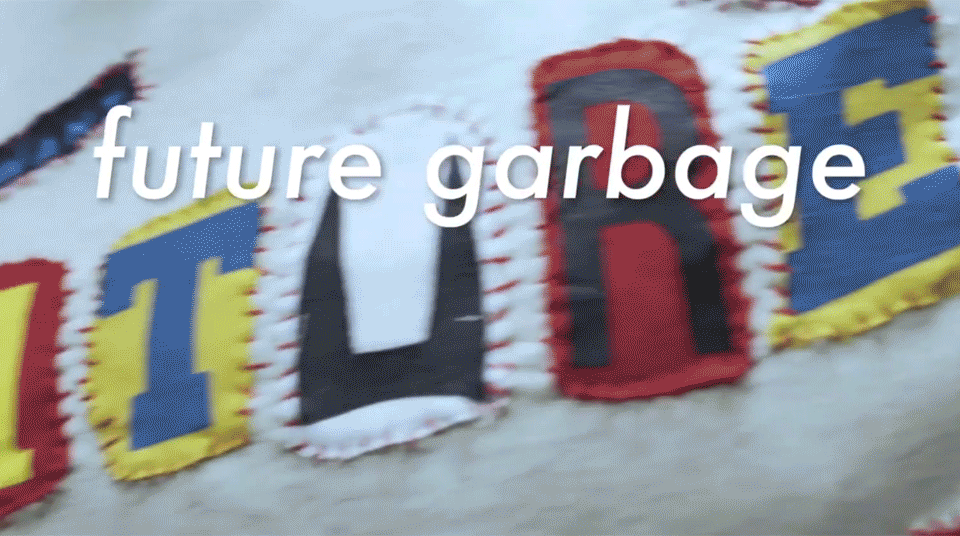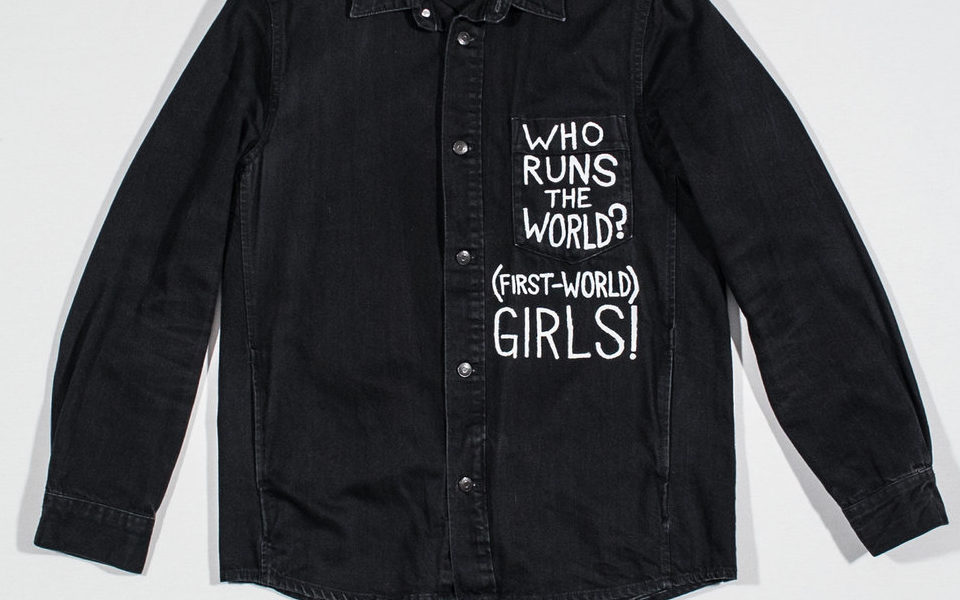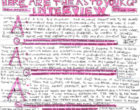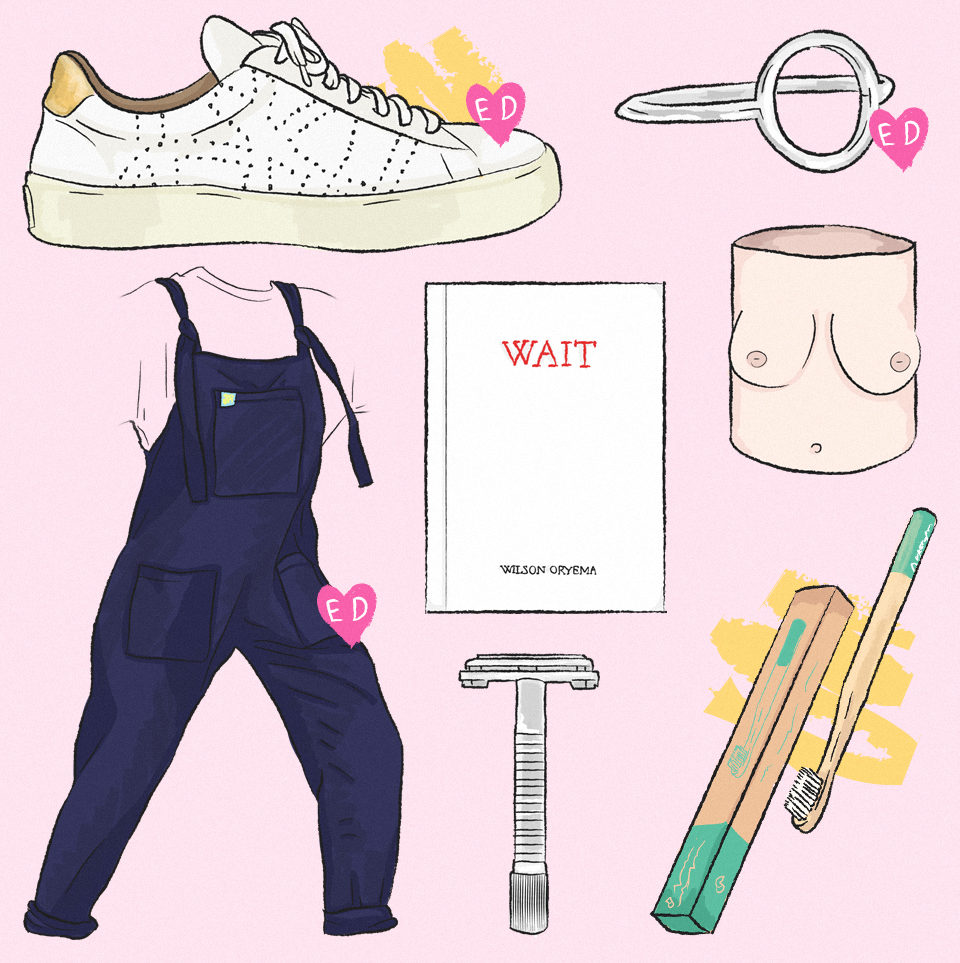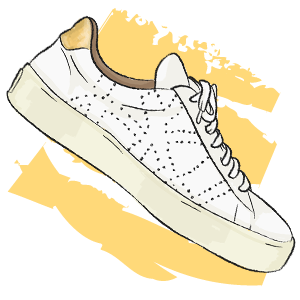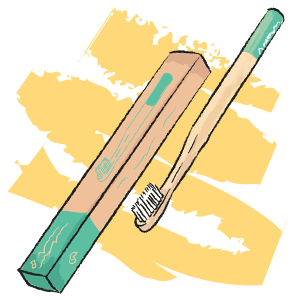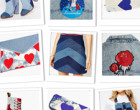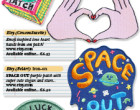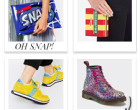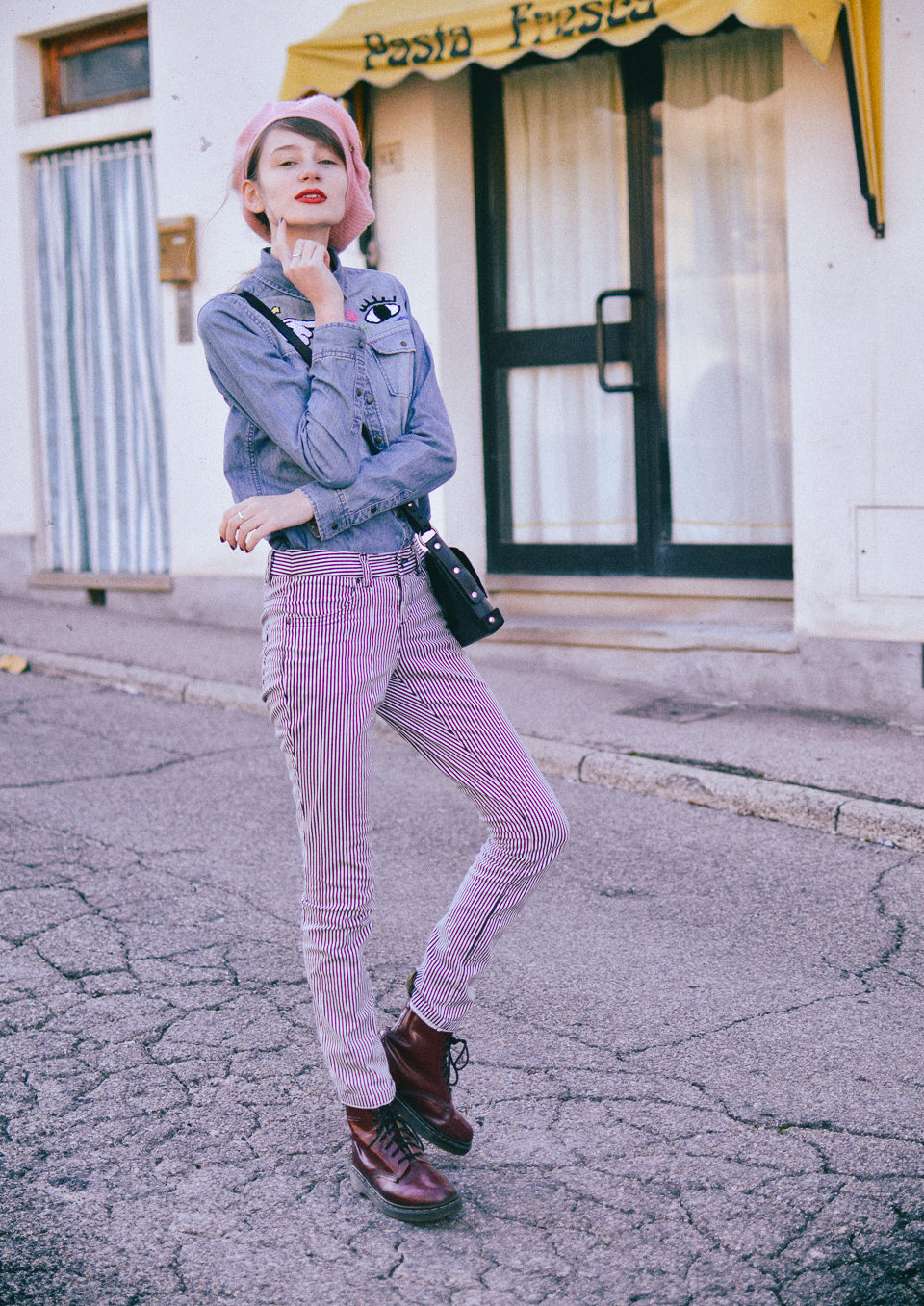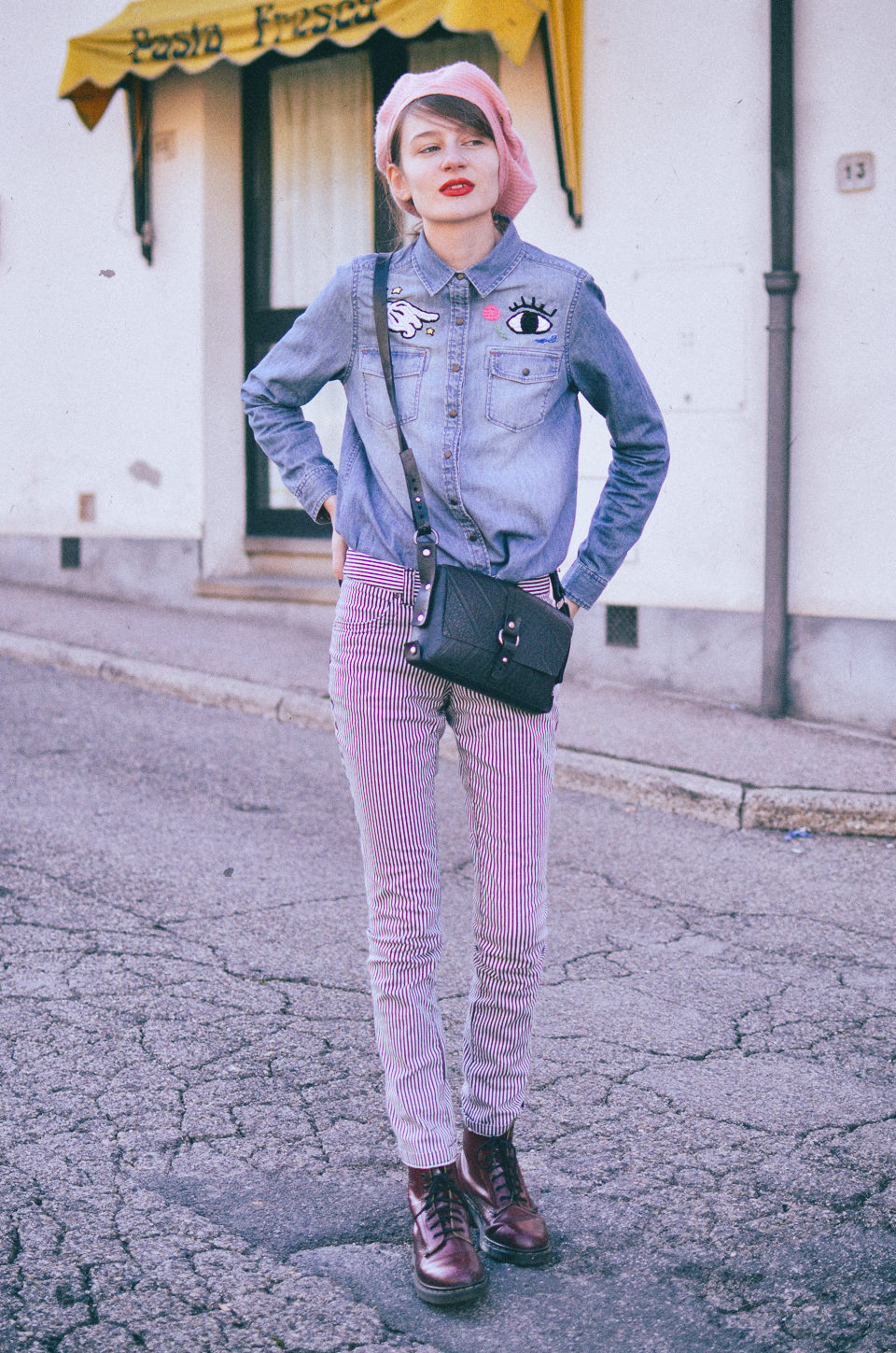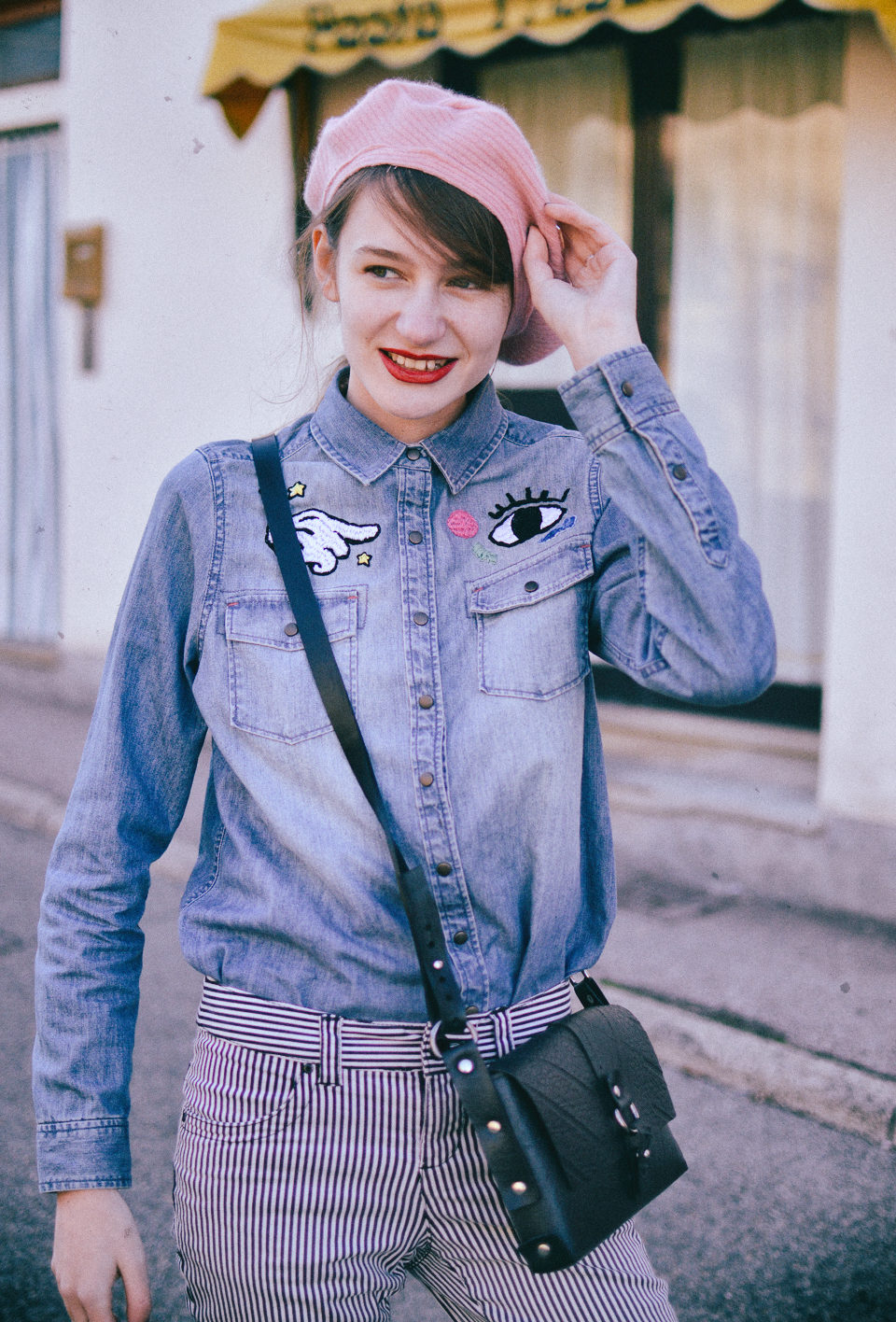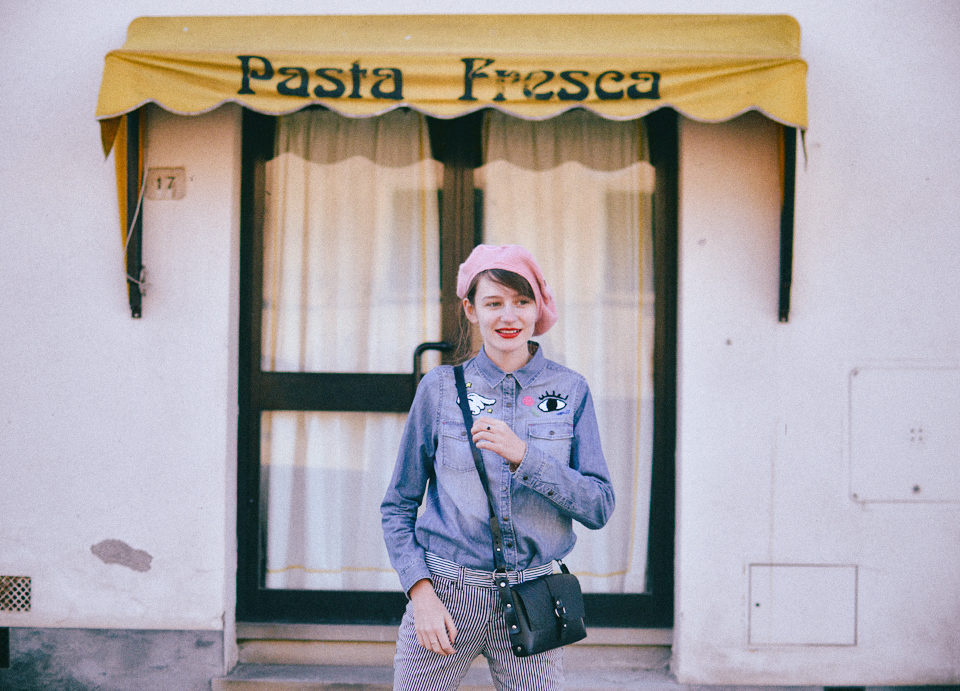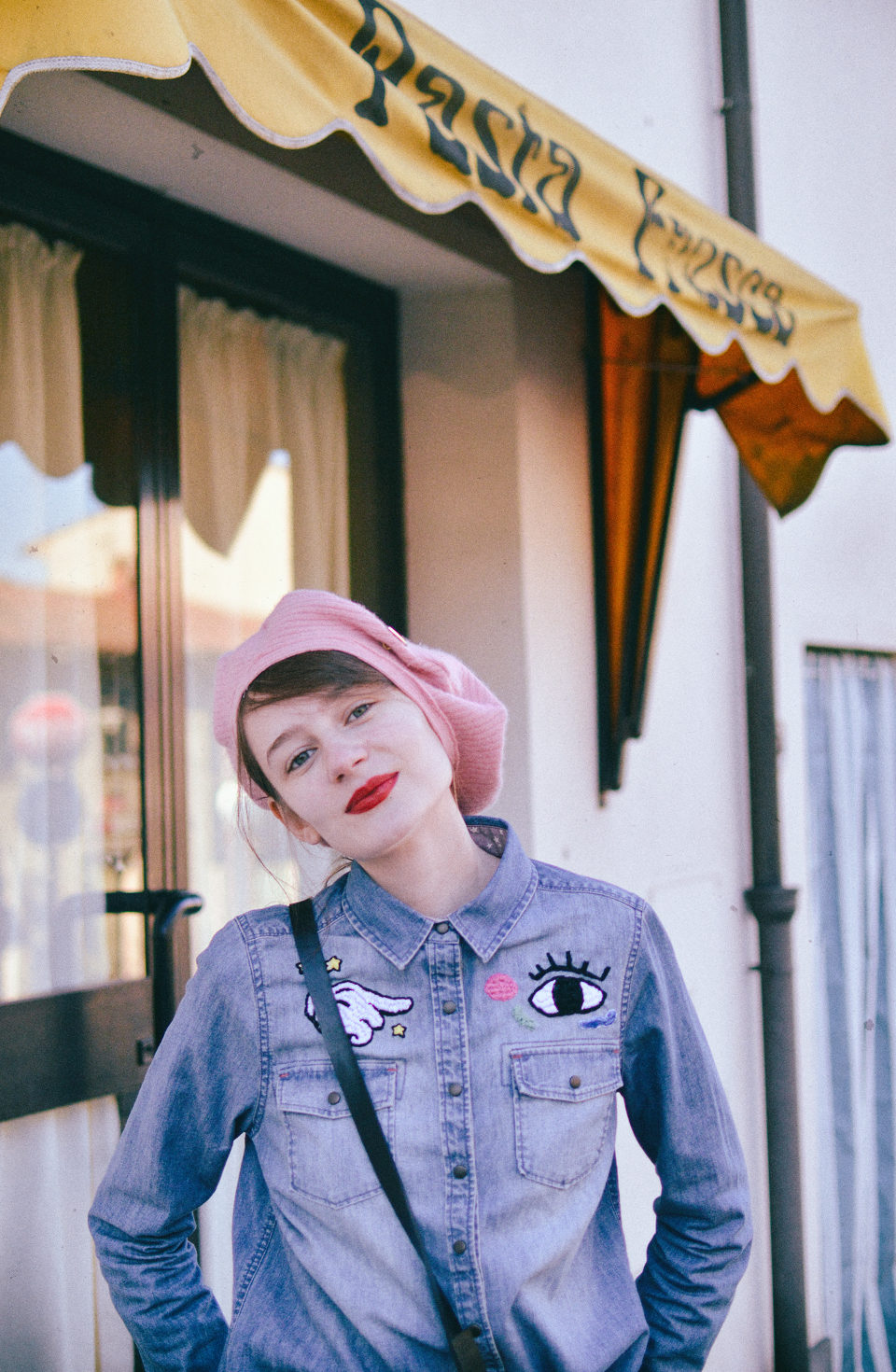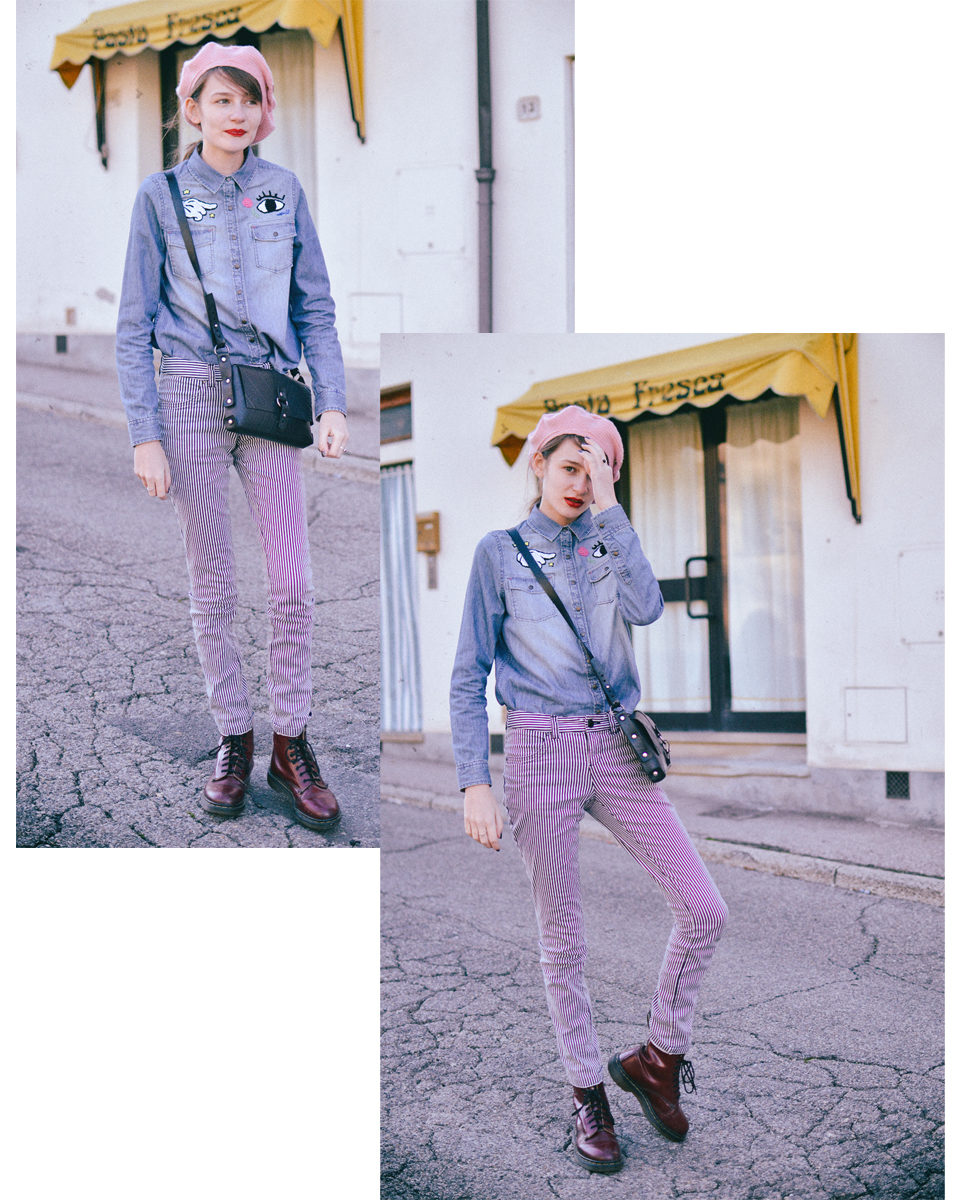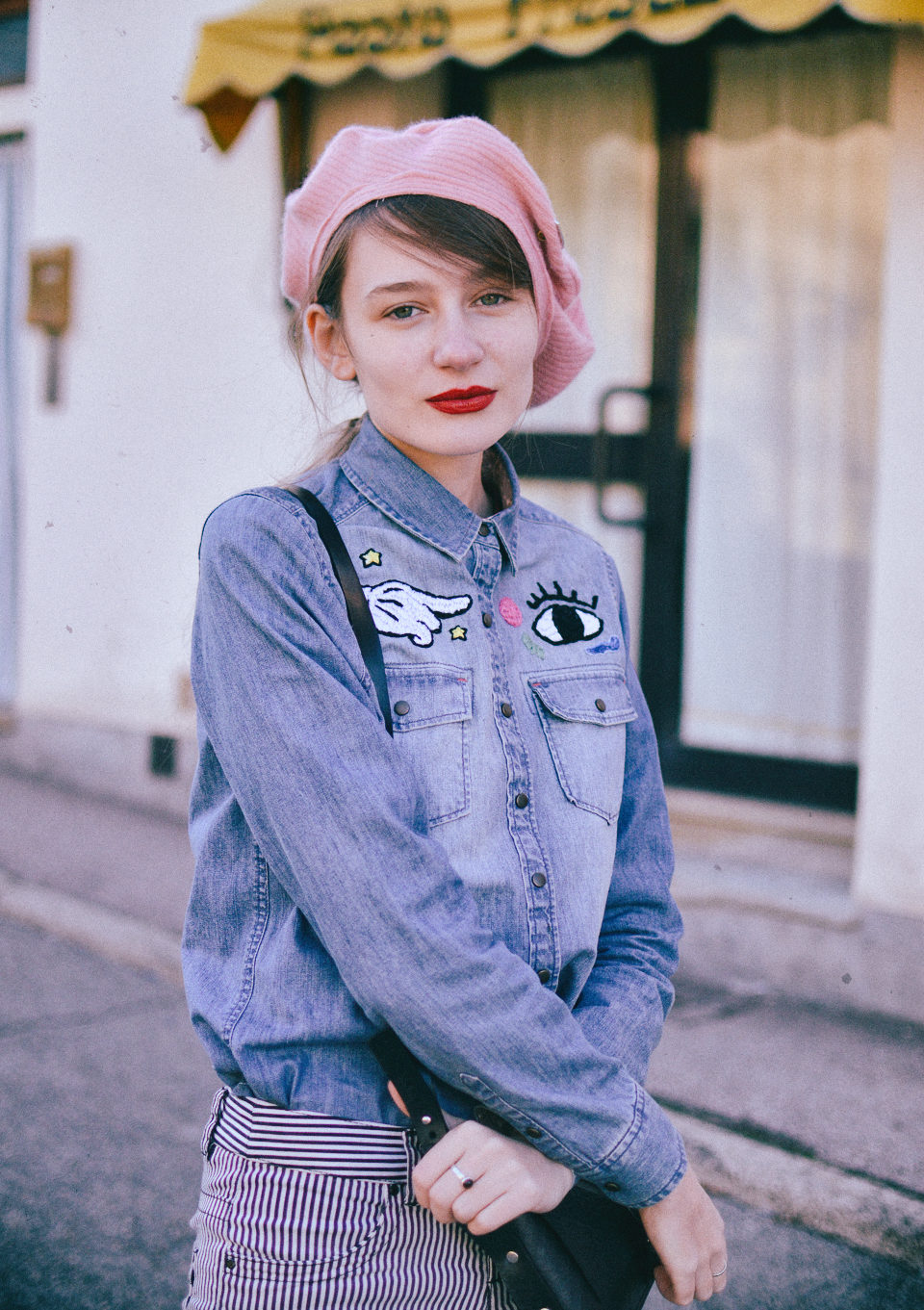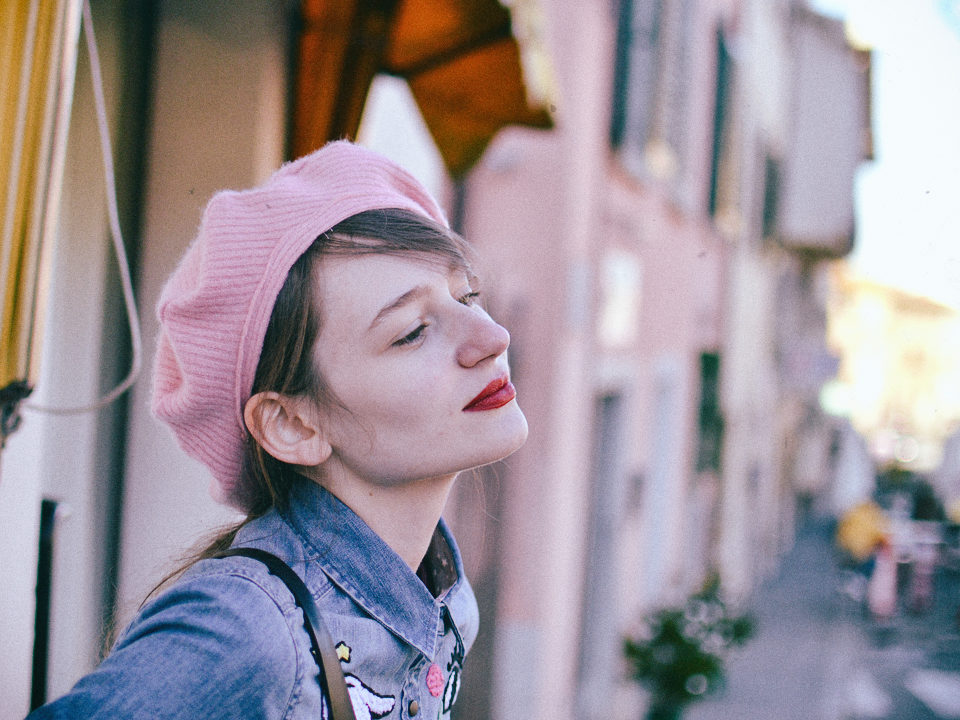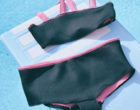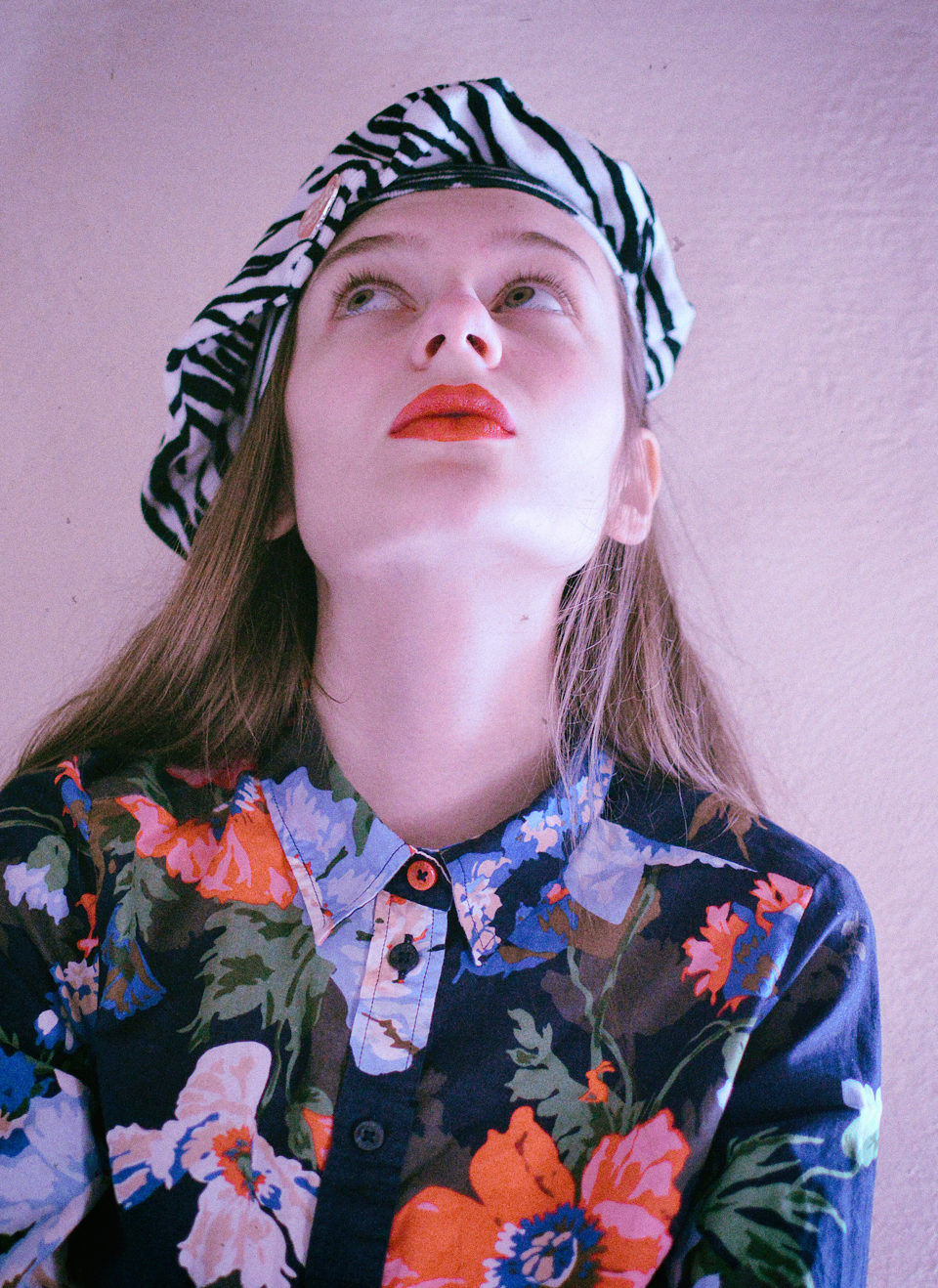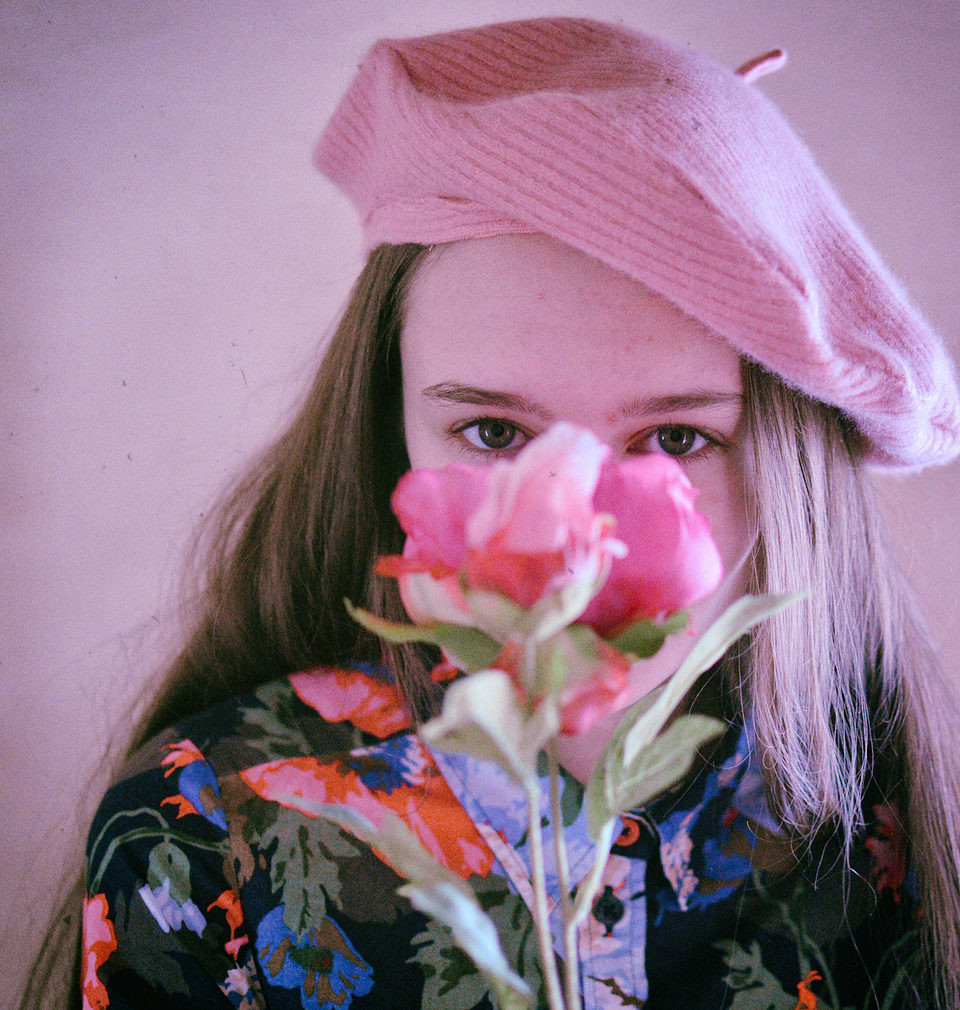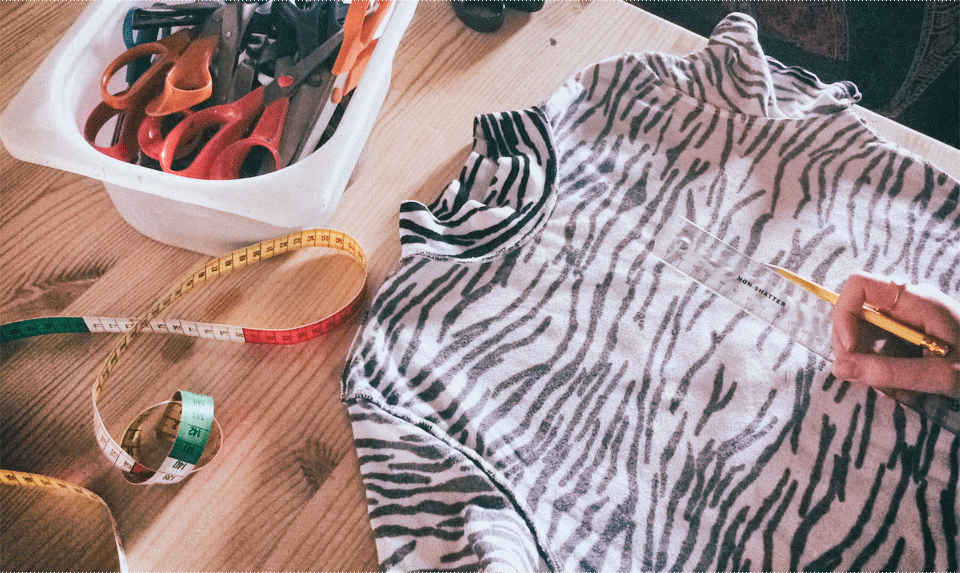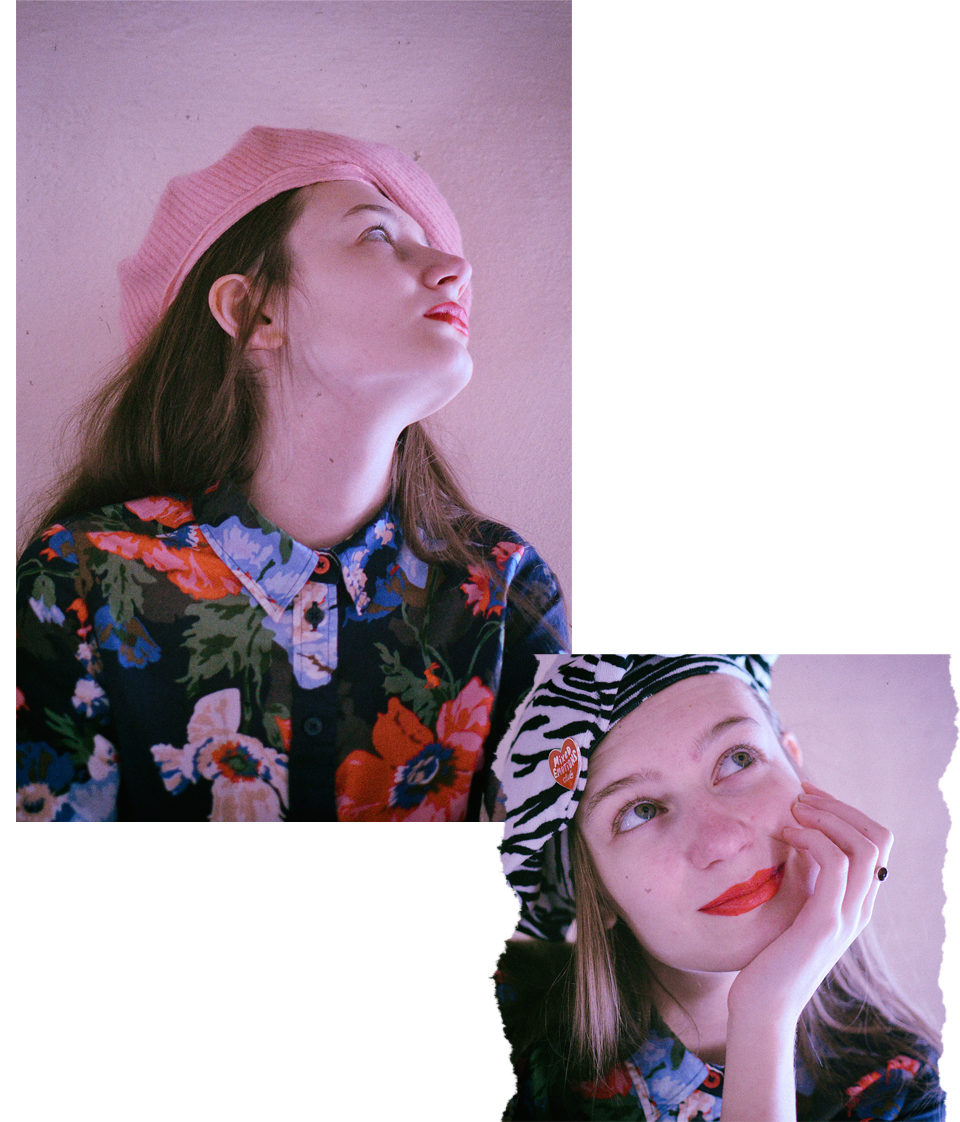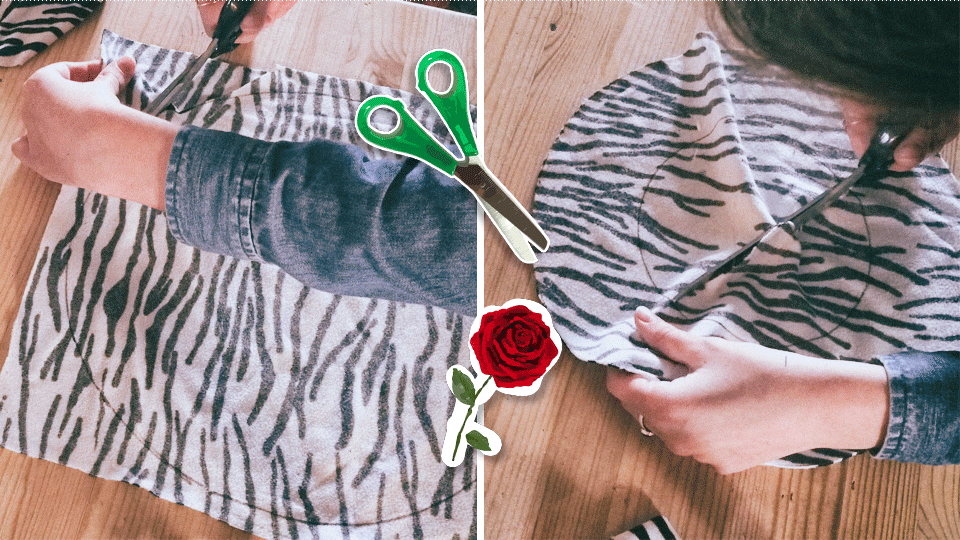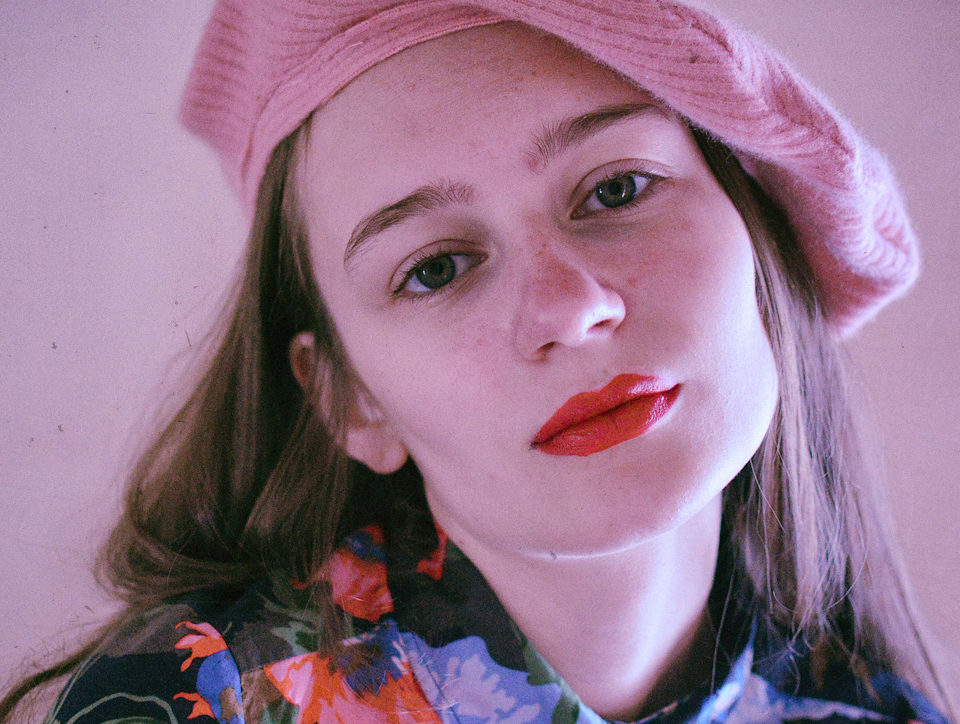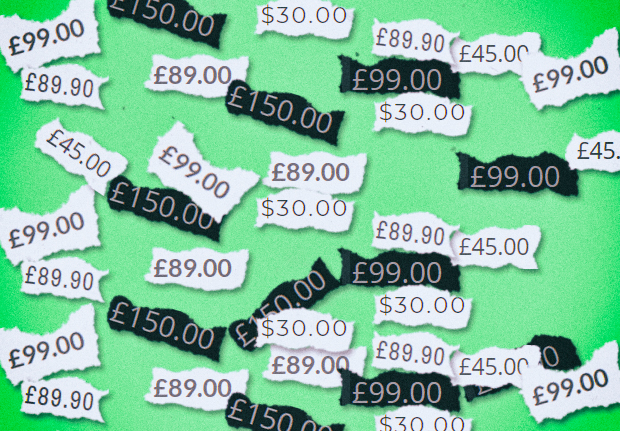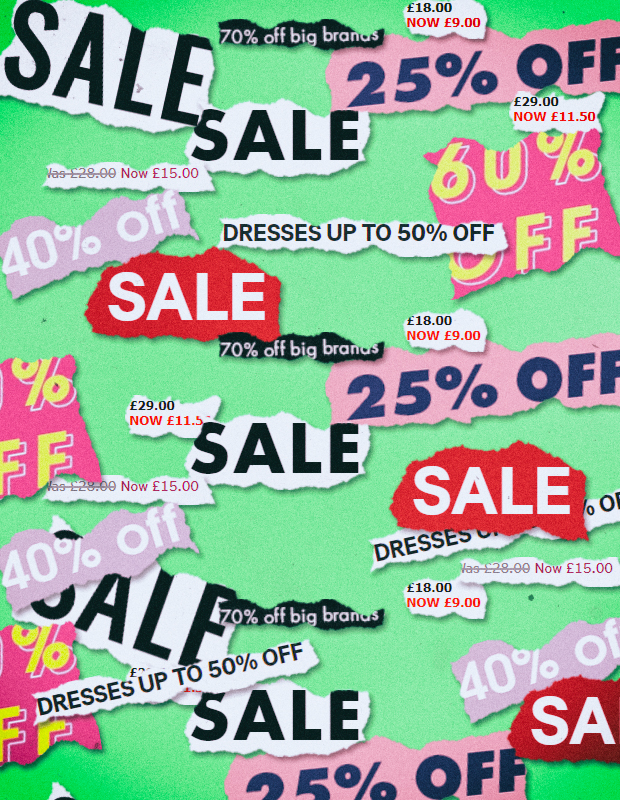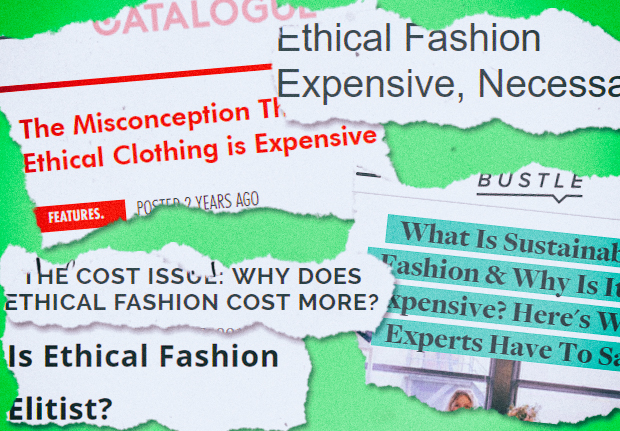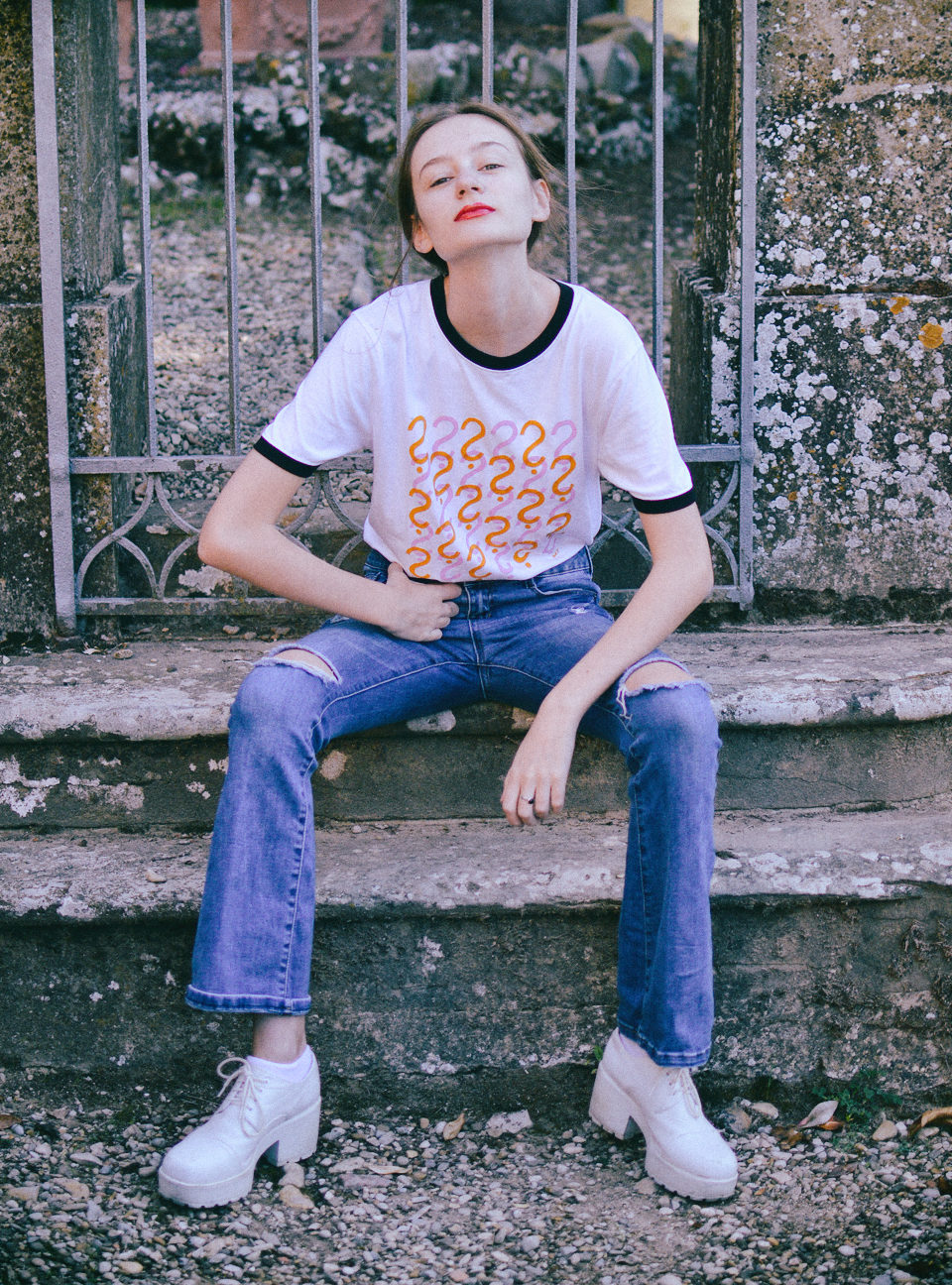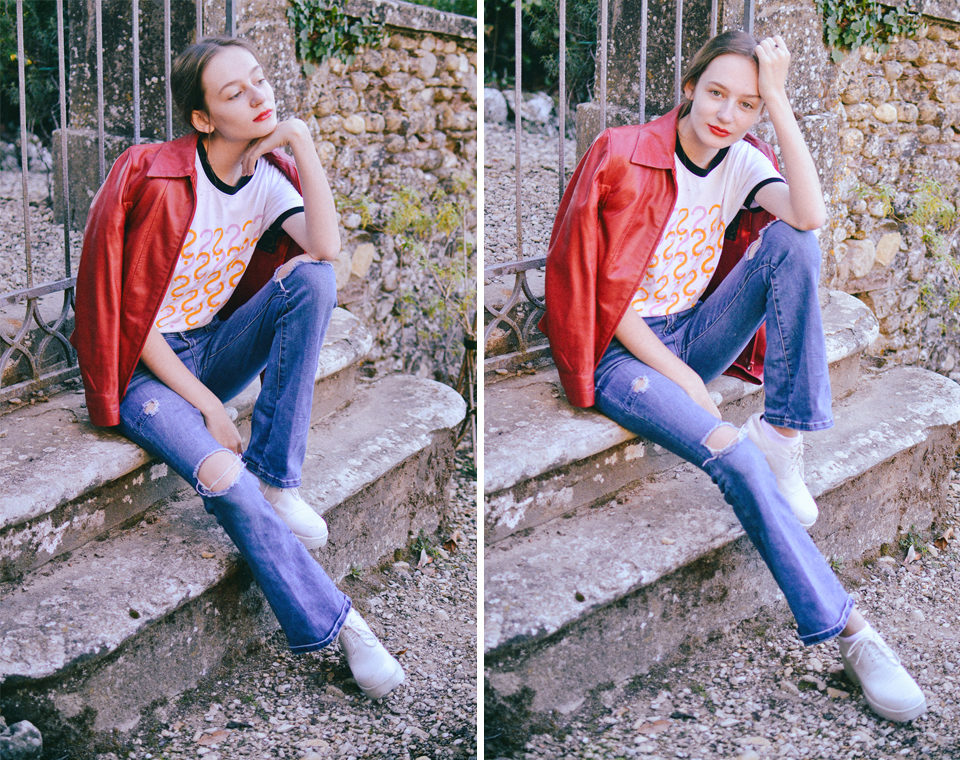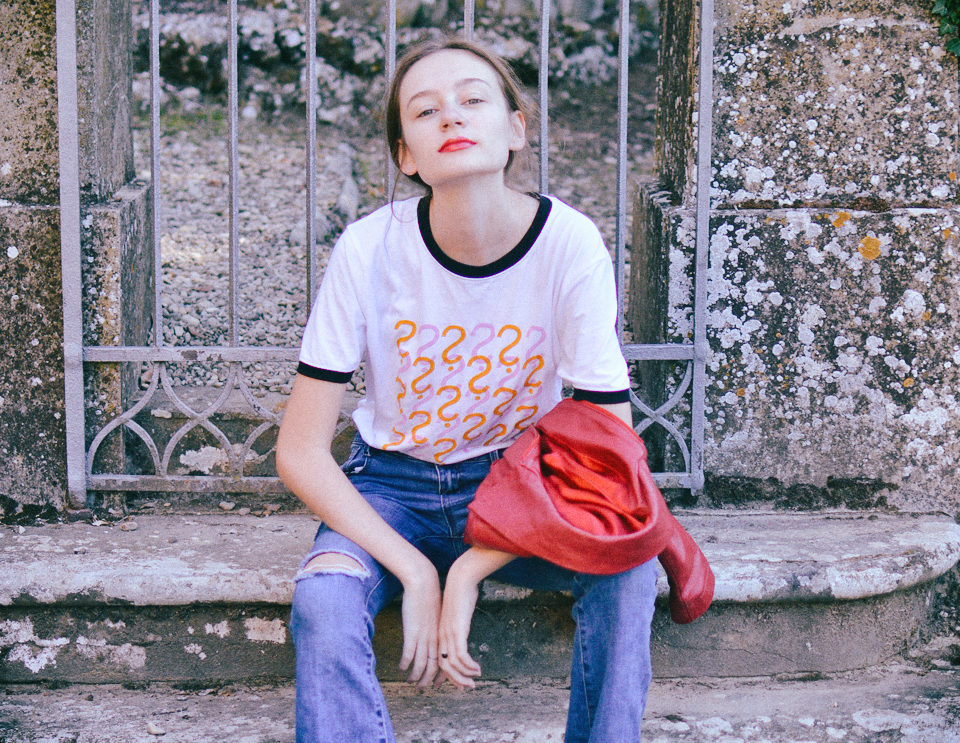A while ago, I answered some of your questions about ethical fashion in a simple, almost Agony Aunt style post. It went down well, so I’m back, helping simplify and break down some of your concerns and quandaries based around the idea of ethical and sustainable fashion. Hit it!
WHAT I WORE: Floral Blouse (ASOS Africa – old) // Floral Trousers (ASOS Africa – old) // Keep On Asking Sweatshirt (Lost Shapes x Tolly Dolly Posh) // Sleeveless Denim Jacket (Jumble Sale & DIY) // Sunglasses (Unknown)
How can I find body inclusive, plus-size, ethical fashion on a budget?
Firstly in answer to your question, I want to apologise for the fact that I don’t tend to cover plus-size fashion. This is simply because I’m personally not plus-size so for my own style, it’s not something that I need to focus on. However, I understand how important it is to be inclusive and appreciate all body shapes and sizes.
Admittedly, ethical fashion brands do seem to be rather size exclusive, although they can be far more diverse in other areas compared to fast-fashion or unethically focused brands.
My knowledge of ethical plus-size brands is small so I took a brief moment to do some research and the first brands I came across were all fairly highly priced.
It led me to an article by EcoCult which in the end, also came to the same conclusion, explaining part of the problem to be that due to ethical and sustainable brands usually being on the smaller scale of business, it creates an added cost to produce plus-sizes (new patterns need designing) which in turn puts the price up for customers.
This is ultimately a little unfair – nobody should be paying more for fairly made clothes simply because of their size – so, if you’re struggling to find good examples, don’t be too hard on yourself.
As always, a really good option for finding new (to you) clothes is going second-hand shopping, whether that’s online (eBay, Depop, Oxfam* etc) or offline (charity and thrift shops, garage sales and car boot sales etc).
However, depending on your size, some of my favourite brands like People Tree do go up to sizes like UK 16. I think it’s just the case of spending your time researching and working out what’s best for you.
(I know there are issues surrounding Oxfam right now but I use them as an example as they have a great online charity shop and I appreciate the work they are doing in making second-hand shopping more appealing.)
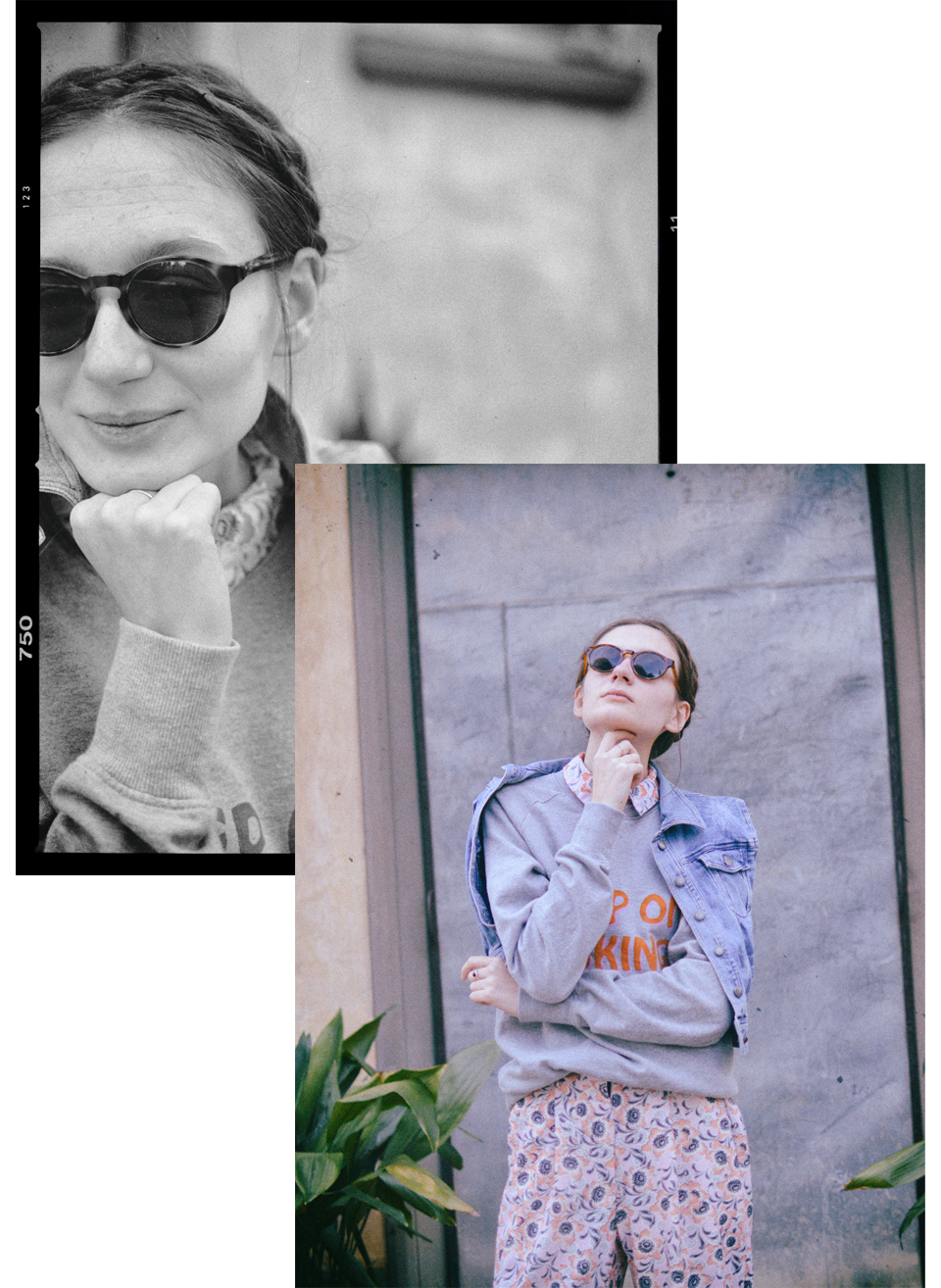
How do I get into the habit of paying attention to the kinds of clothes I buy?
This is an interesting question because for me, once I became educated about the ethical issues around fast-fashion or the issues around sustainability when it comes to our clothes, I started to watch out for what I was buying almost instantaneously. The fact that you’re even asking the question makes me believe you’re on the right path already.
You can almost go at it by using the rules of writing (the 5 W’s and 1 H). Ask yourself 6 simple questions…
- Who made it?
- What’s it made of? (Try and stick to natural fabrics like cotton, if you can)
- Where was it made? (Can you find information about the supplier? ‘Made in’ labels don’t mean much)
- When will you wear it? (Can you see yourself wearing it 30 times or more?)
- Why are you buying it? (Is it an impulse purchase?)
- How could you find an alternative? (Is it something you know would be readily available second-hand?)
You might only ask yourself one or two of these questions at a time, and some of them might never apply but having them in the back of your mind, especially when shopping on the high-street or from a brand which has an unclear ethical stance, can help you make much more considered choices. Remember, it will always be about shopping less when you can’t shop better.
What are some independent ethical brands?
Have you taken a look at my ethical directory, yet? It’s full of them! Some of my favourite true indie brands are Lucy & Yak (they do wonderful corduroy dungarees), Lost Shapes (did you know I designed the sweatshirt in this post for them?), Vintage Style Me (all handmade in Cheltenham, Gloucestershire) and What Daisy Did (they use scrap post-production leather to make their dreamy handbags).
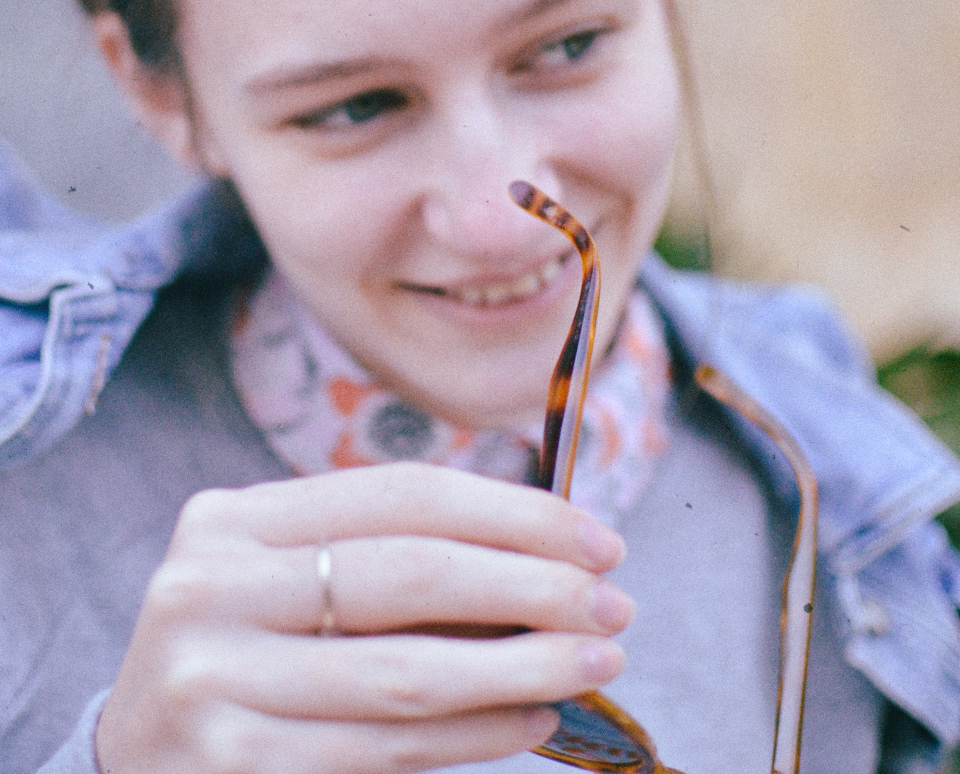
Is sustainable living, a matter of privilege?
This is a topic which has been floating around the sustainable-sphere rather a lot lately, mainly due to some recent controversy around a statement made by a well known, waste-free brand.
I’m going to lay out my current thoughts plain and simple. They’re open to evolution, criticism and hopefully mutual-understanding. For me, I don’t see thinking sustainably as being a privilege but the physical action of, for example, using and buying less single-use plastic or supporting ethical fashion brands, as yes, a privilege that not everyone has the ability of participating in.
I’m being very selective in my choice of wording here as I don’t want to imply that thinking sustainably isn’t a privilege for everyone. If I were to say everyone, I would really be suggesting the target-audience of my blog and anyone who stumbles across my share of the web in the future.
So, to explain my thoughts more accurately, let’s use you and me as an example. Just you and me, the singular person reading this text. I believe you are capable of thinking sustainably.
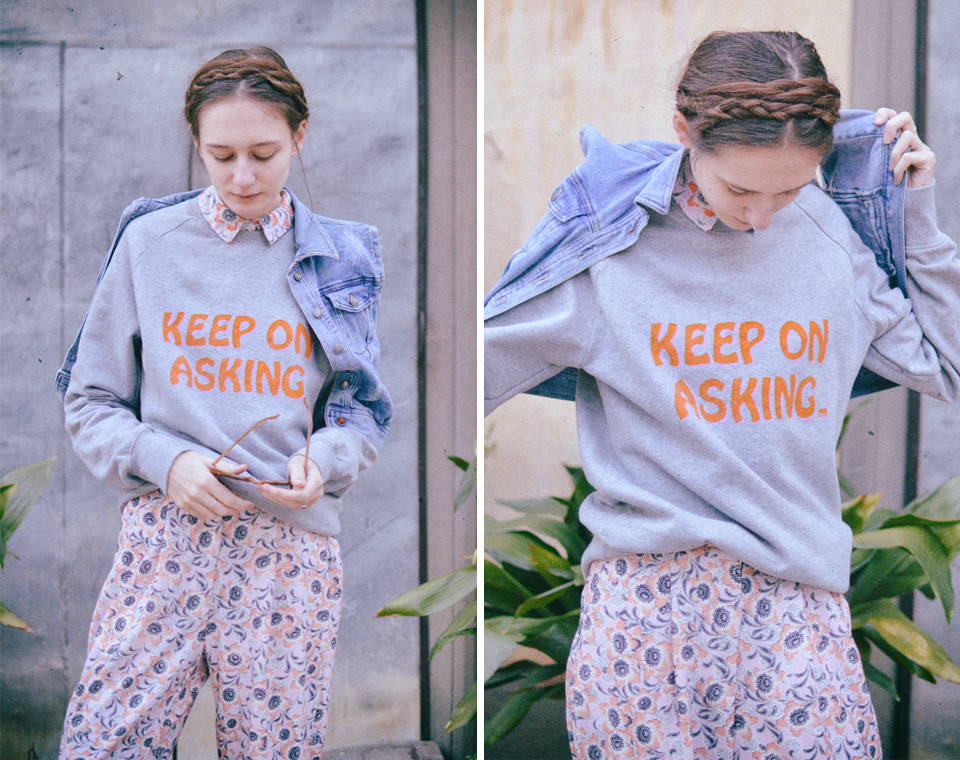
Whether you are like me, a teen, with very little money in the bank or whether you are a mother of two young children, I know that you have the capability of changing your mindset (at this point really, my blog may as well be renamed Tolly Dolly Mindset for the number of times I come back to that word).
Here, I am not implying that you physically have the capability of adapting your life to this mindset – I can’t know whether that is true or not, there are far too many variables -, simply, I believe you have the good-heart of somebody who knows the world needs to make significant changes to become a healthier and better place.
With that good-heart comes the ability to walk down a supermarket aisle and understand where we’re – humans; the system – going wrong. With this new found (or hopefully, years old) mindset, you’ll see plastic as something to be wary of and perhaps you’ll take time to really treasure whatever new dress you next buy.
That, I cannot see as a privilege. Perhaps time and education have to come beforehand and maybe that’s where my conclusion fails at the wayside; I’m again, happy to be proven wrong.
Anyone who jumps to the idea and exclaims that there is nothing getting in the way of anyone implementing sustainable and ethical practices is simply well, ignorant. As I recently tweeted, it’s vital to never assume that everyone has the ability to take actions and to understand that really, there are much bigger issues at hand.
As much as I hate to admit it, individual change and consumerism are only a minuscule part of the problem.
Do you have any questions for me to answer next time? Leave them in a comment below or click here to fill out the Q&A form.


